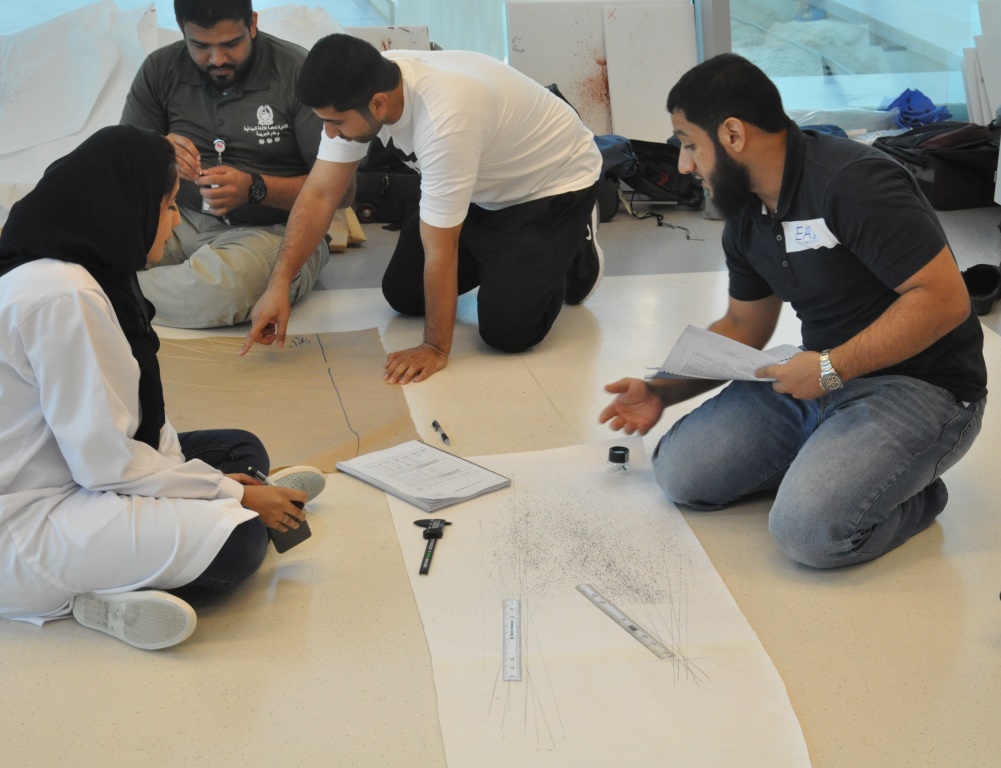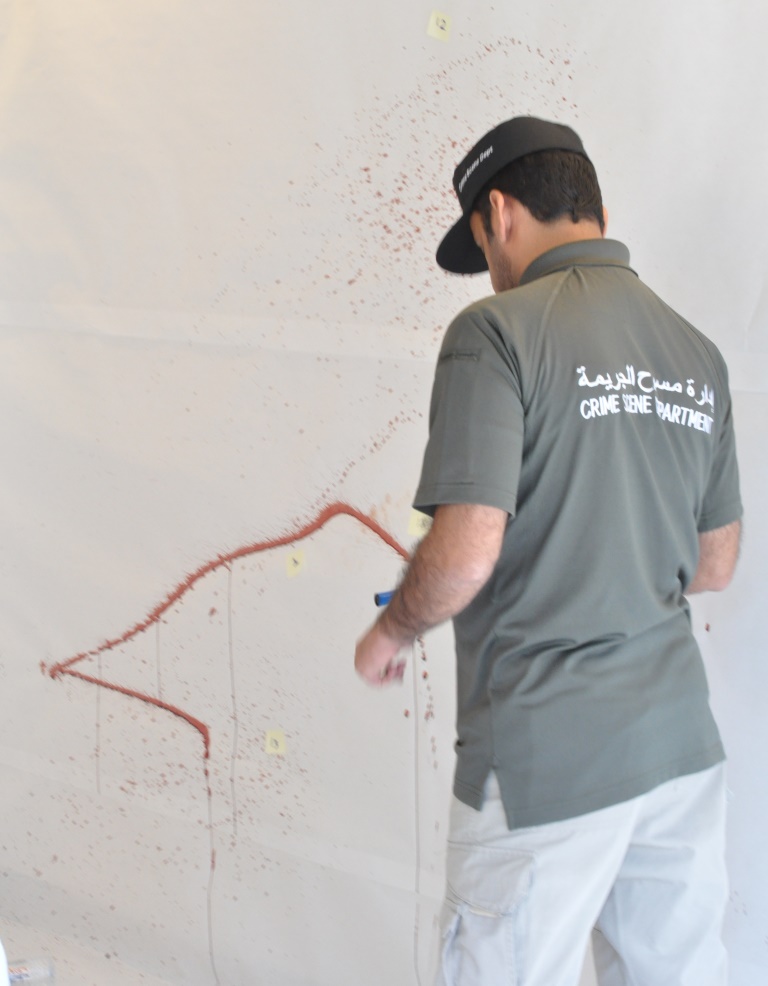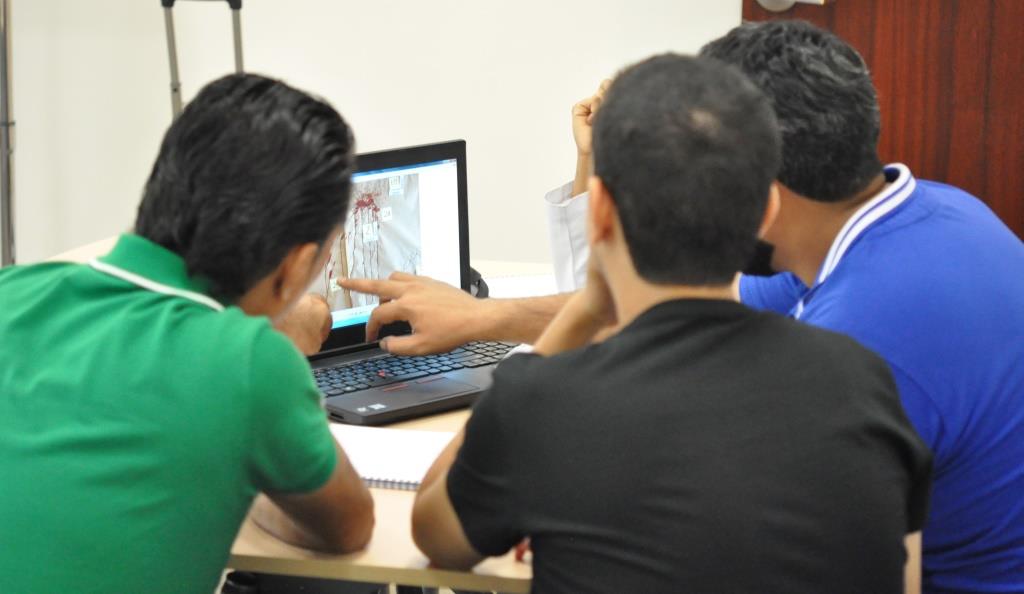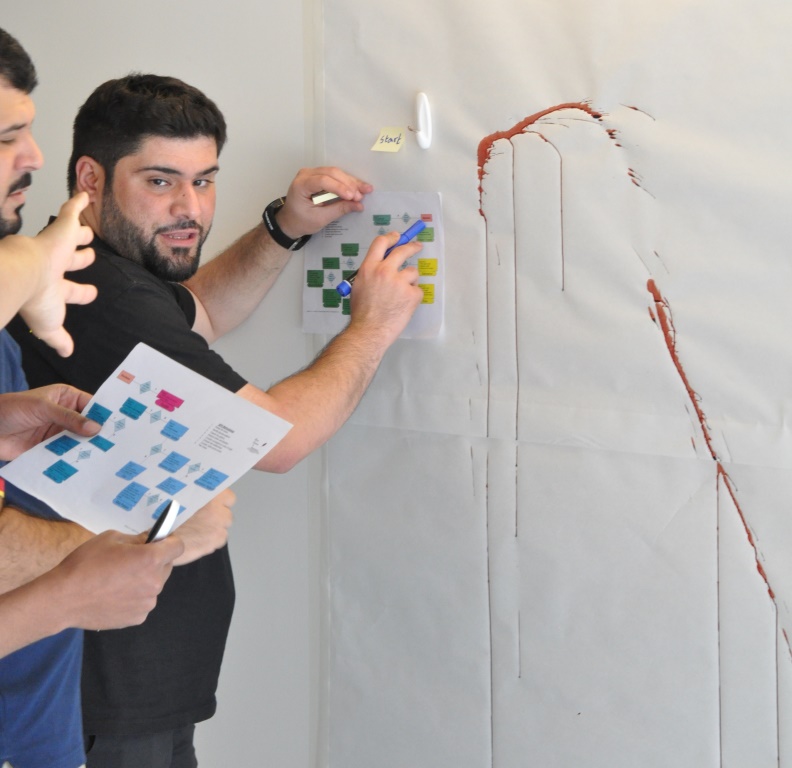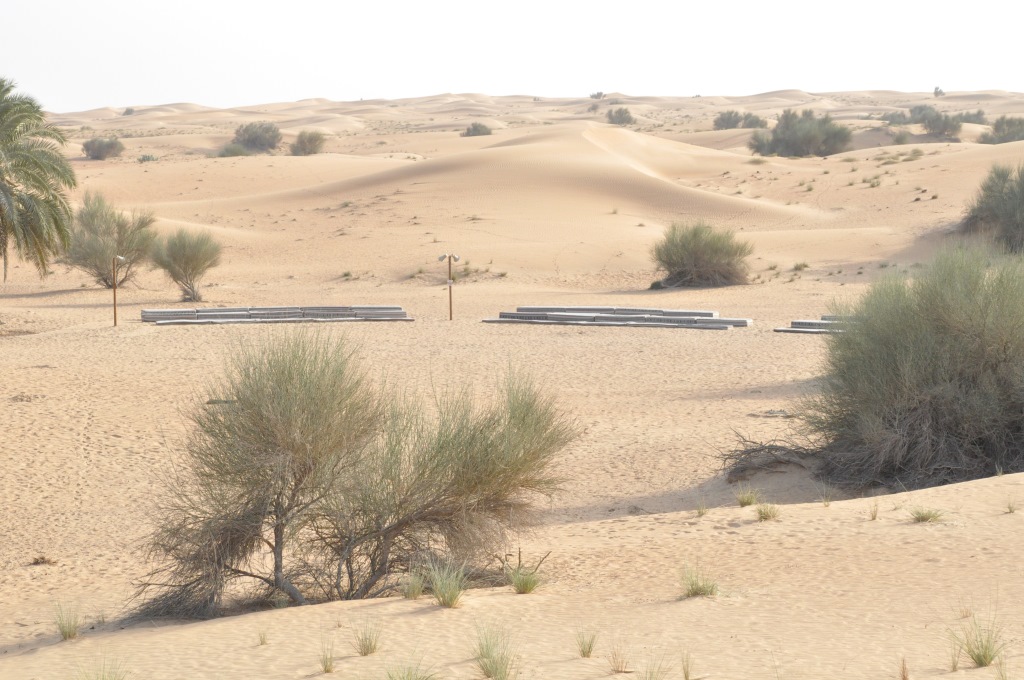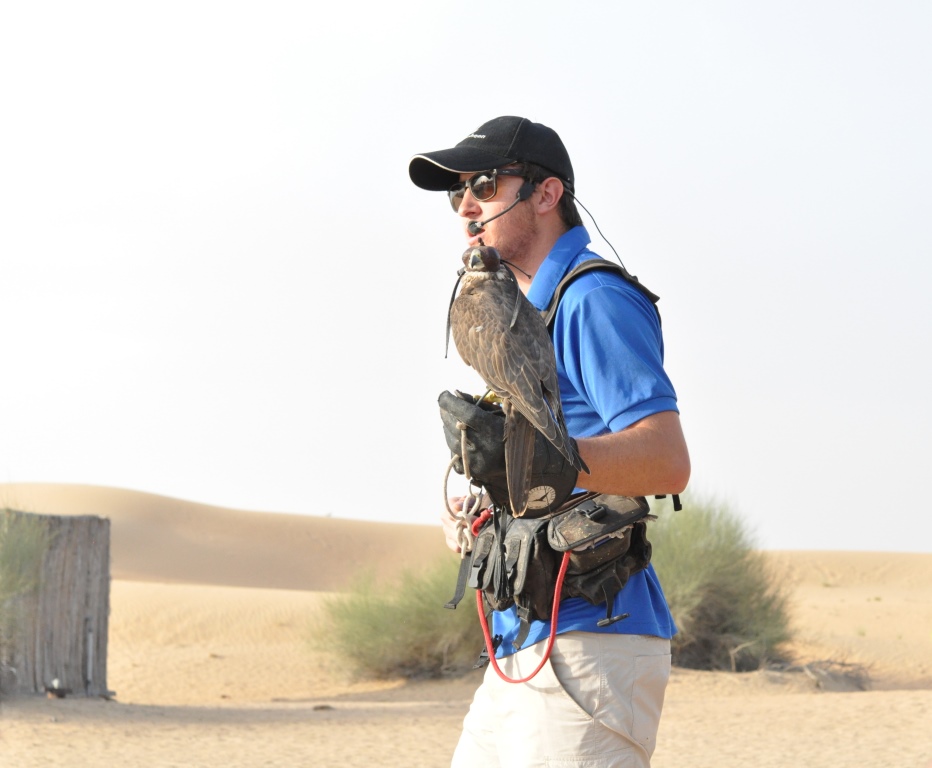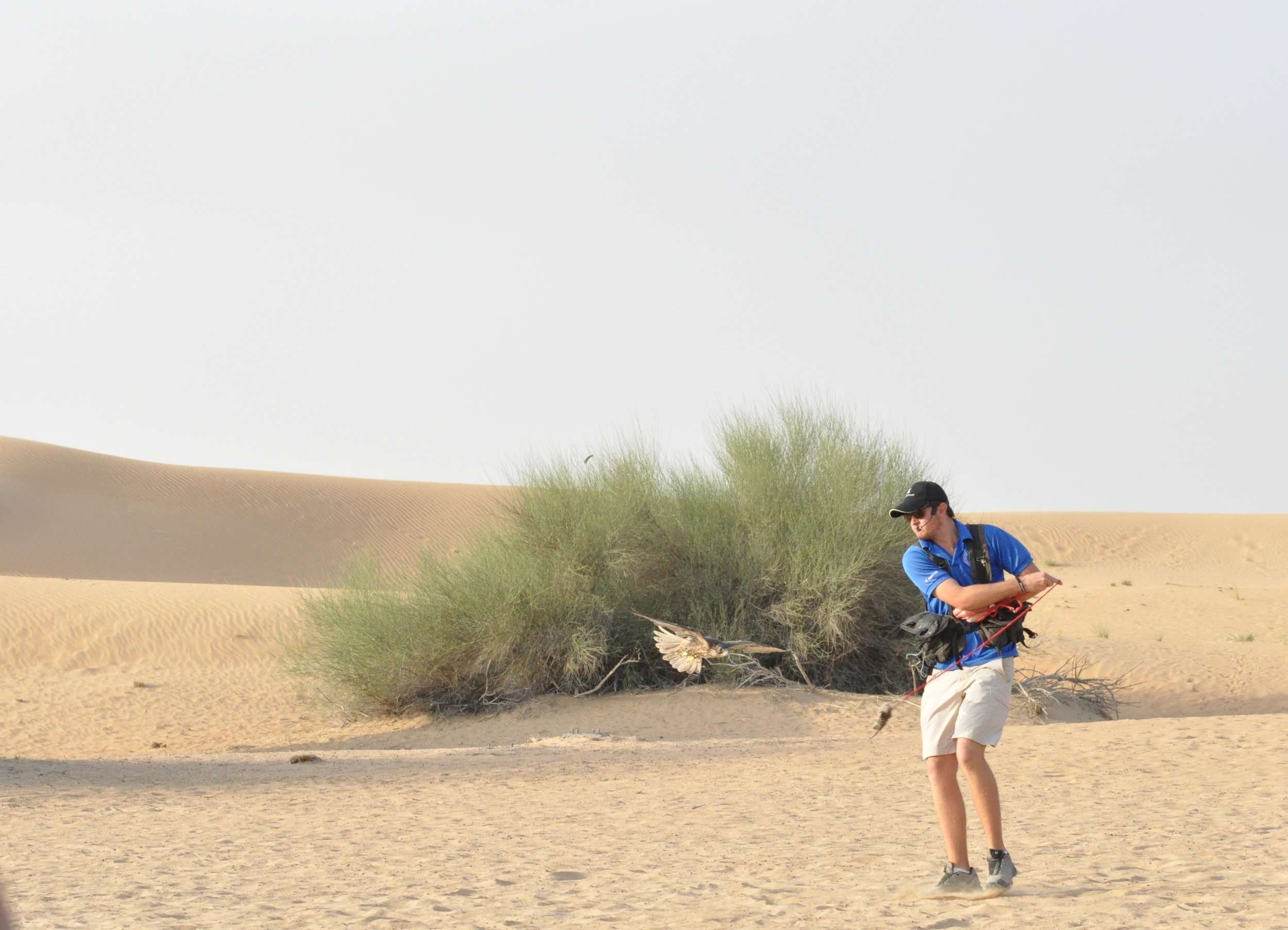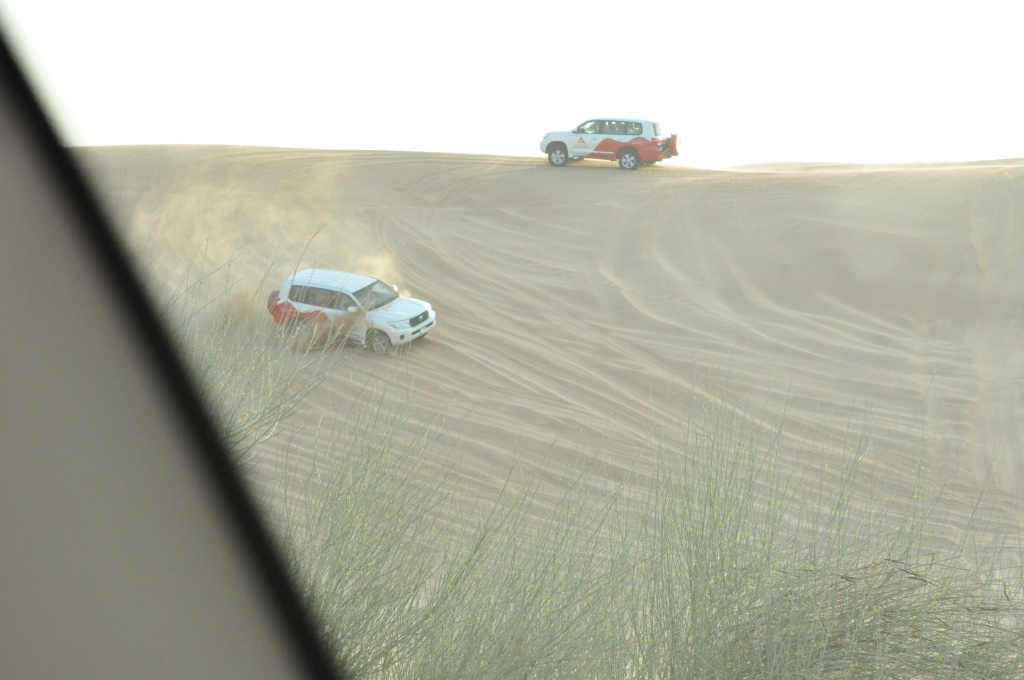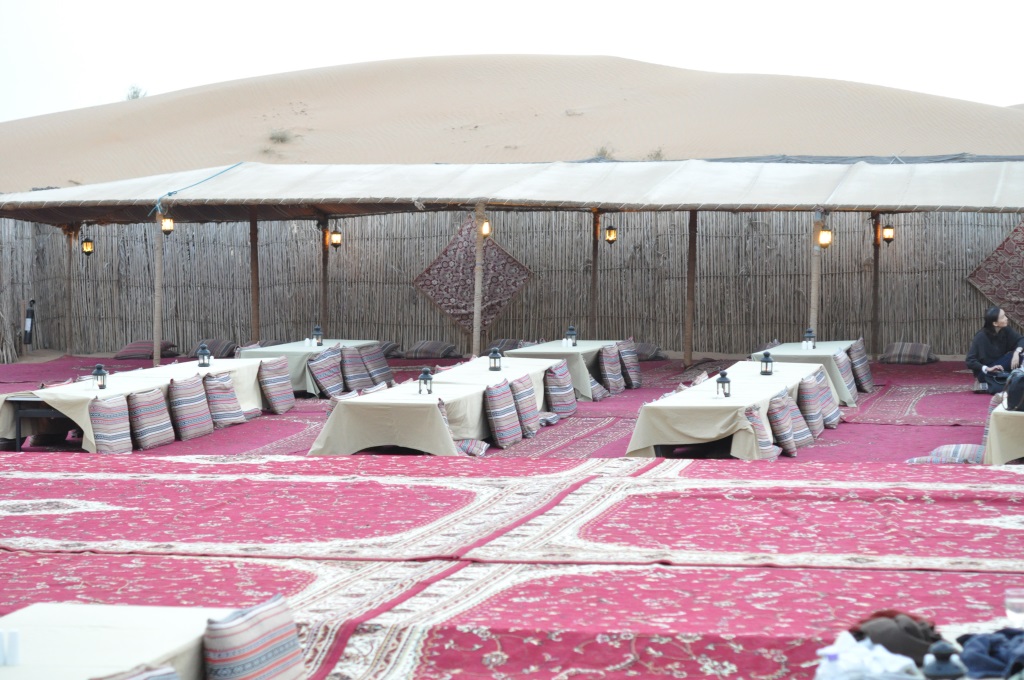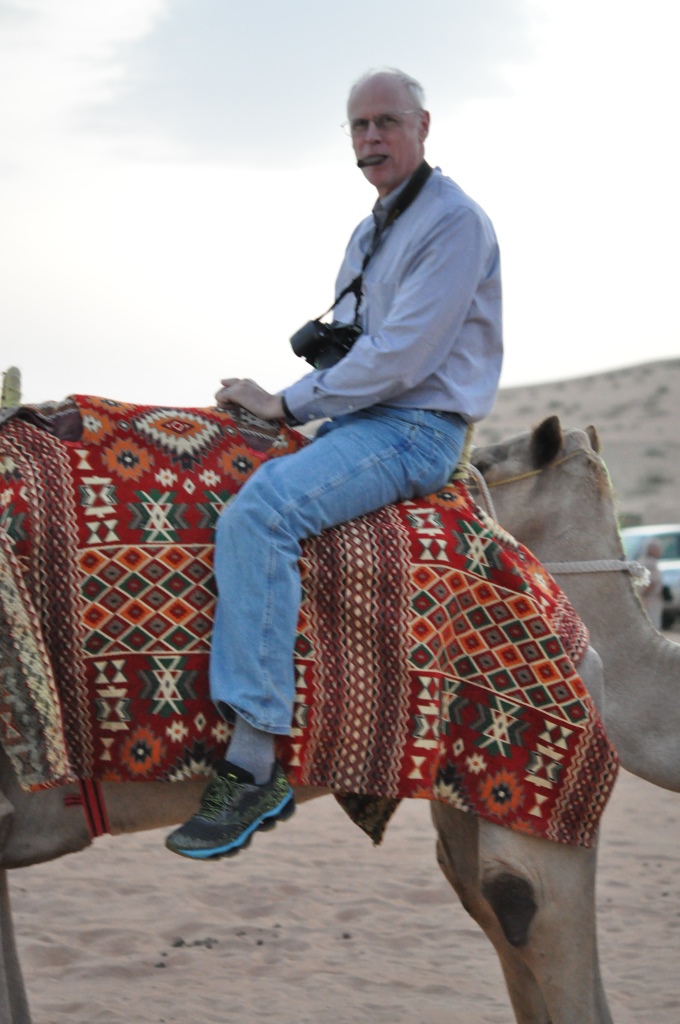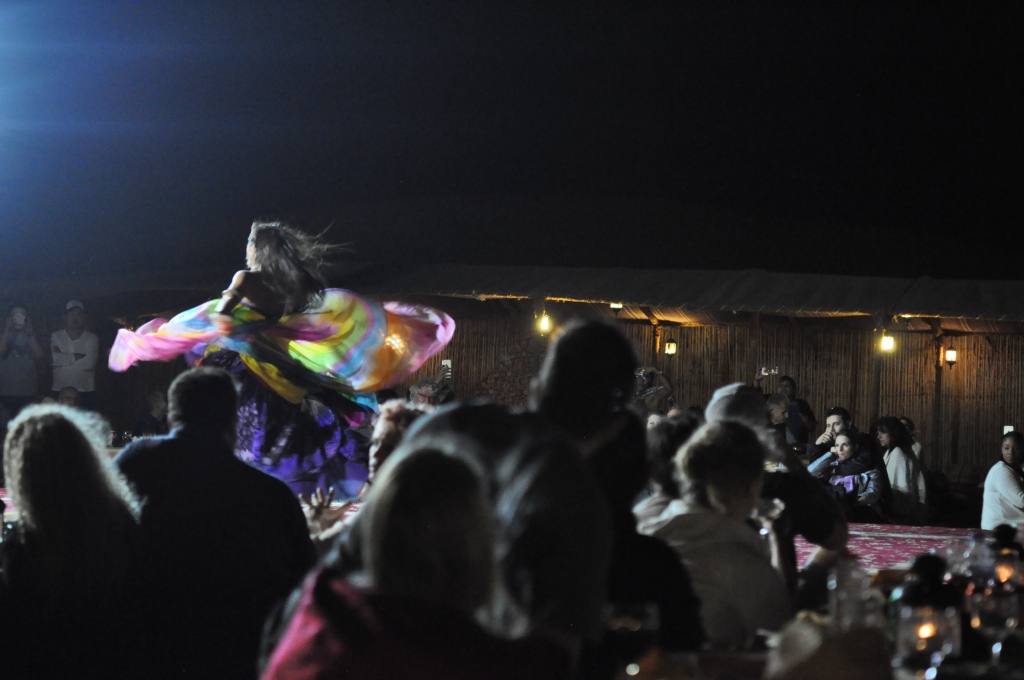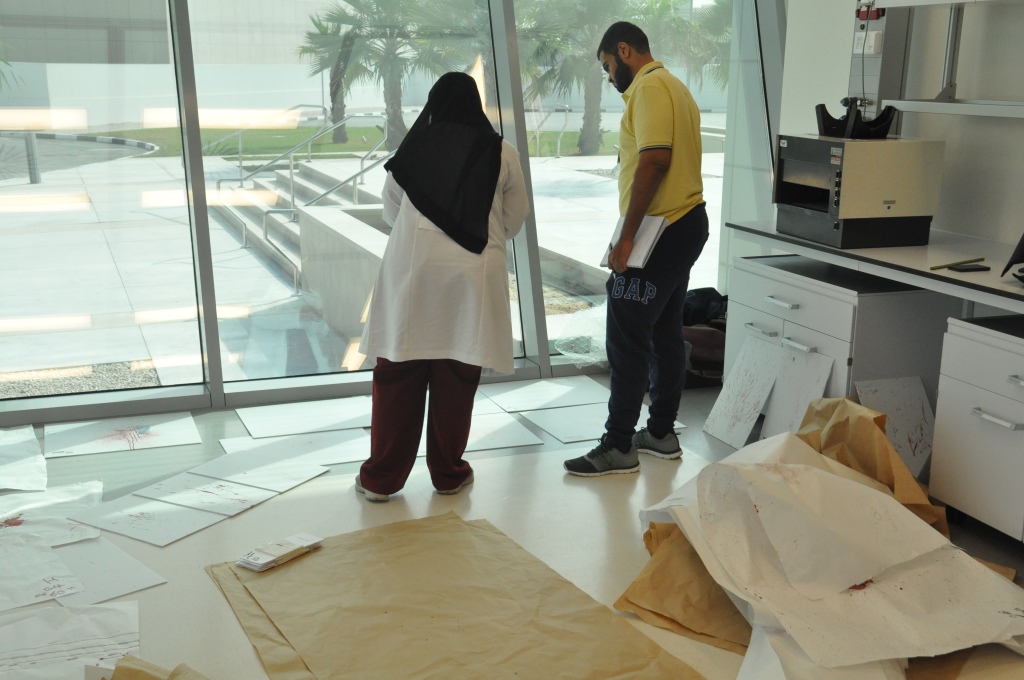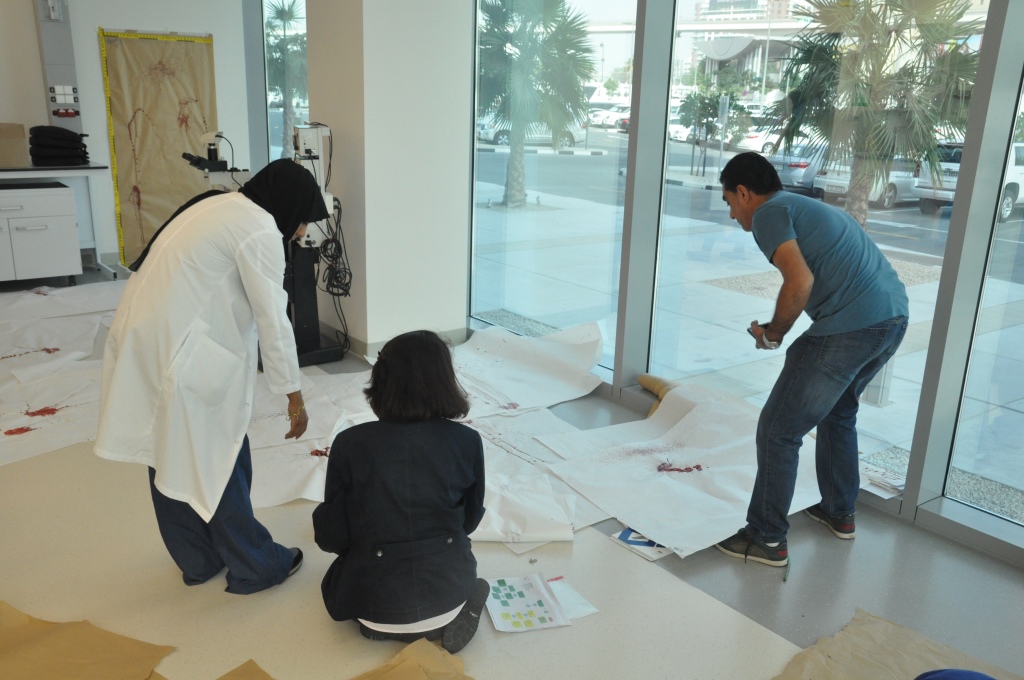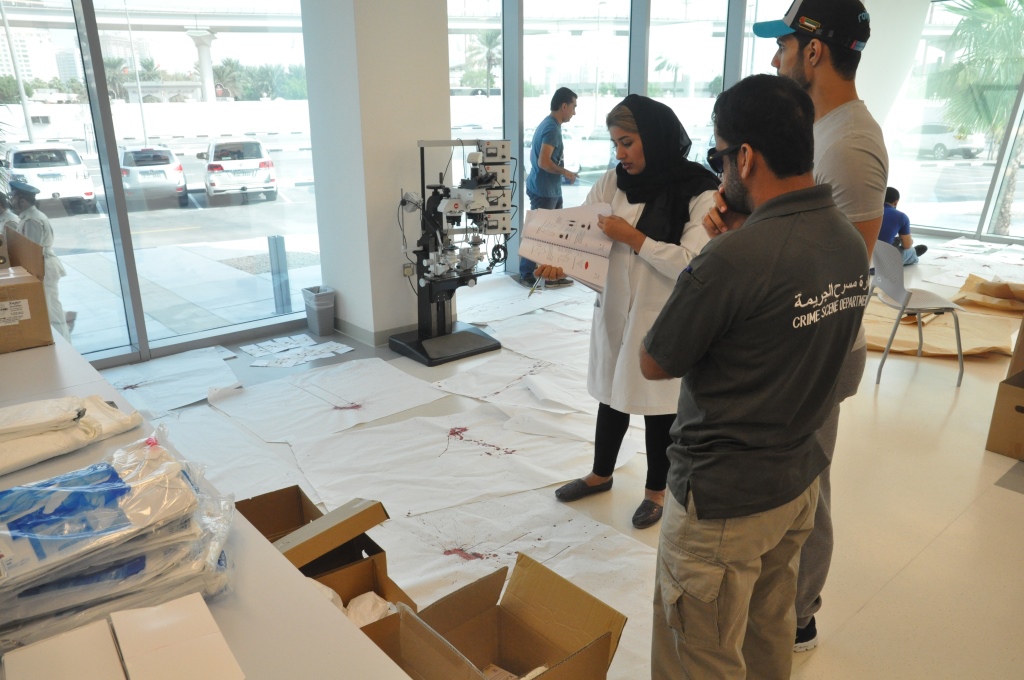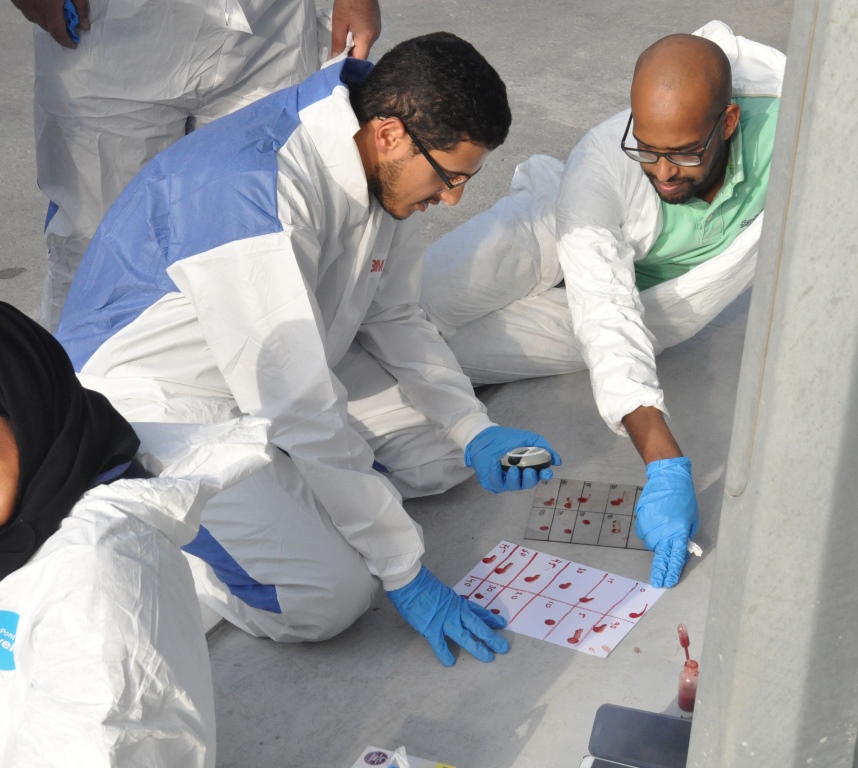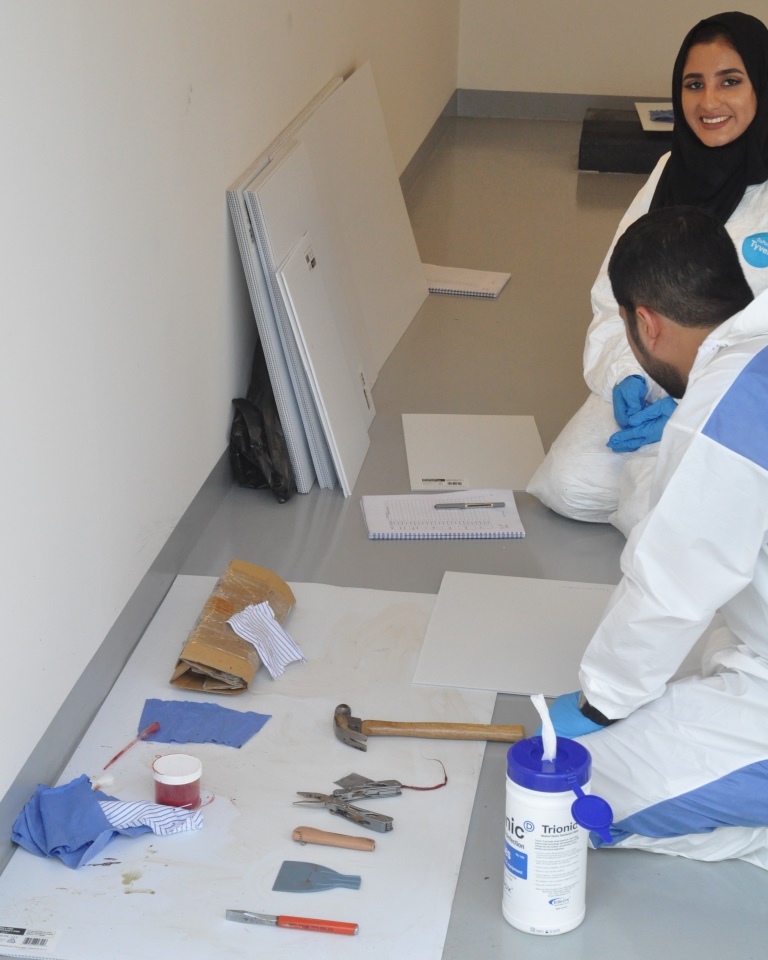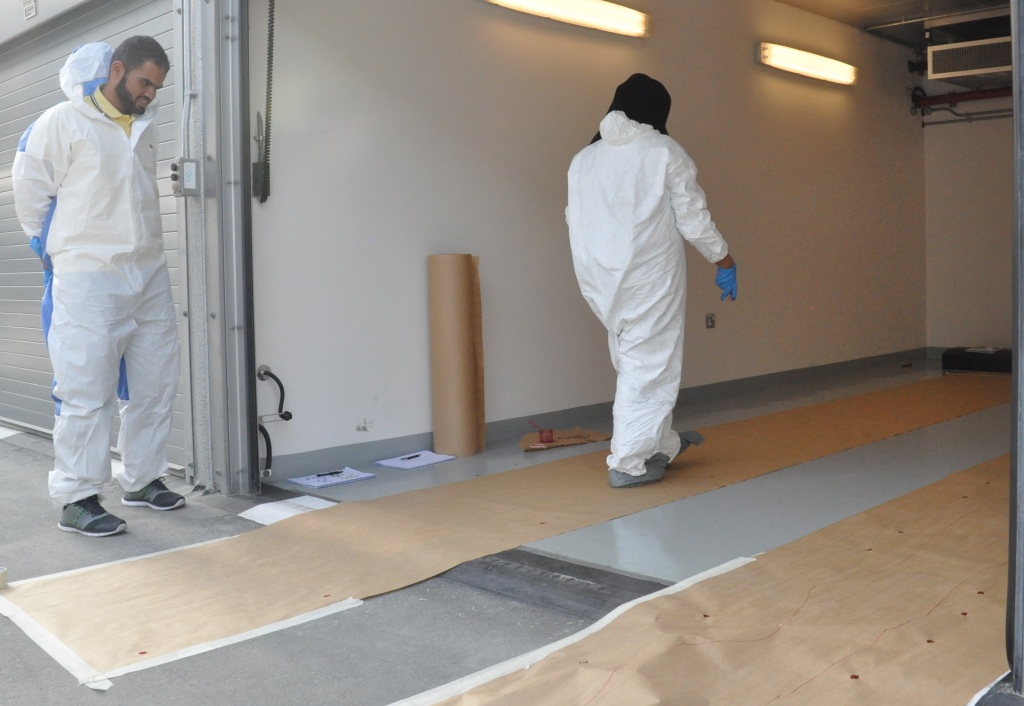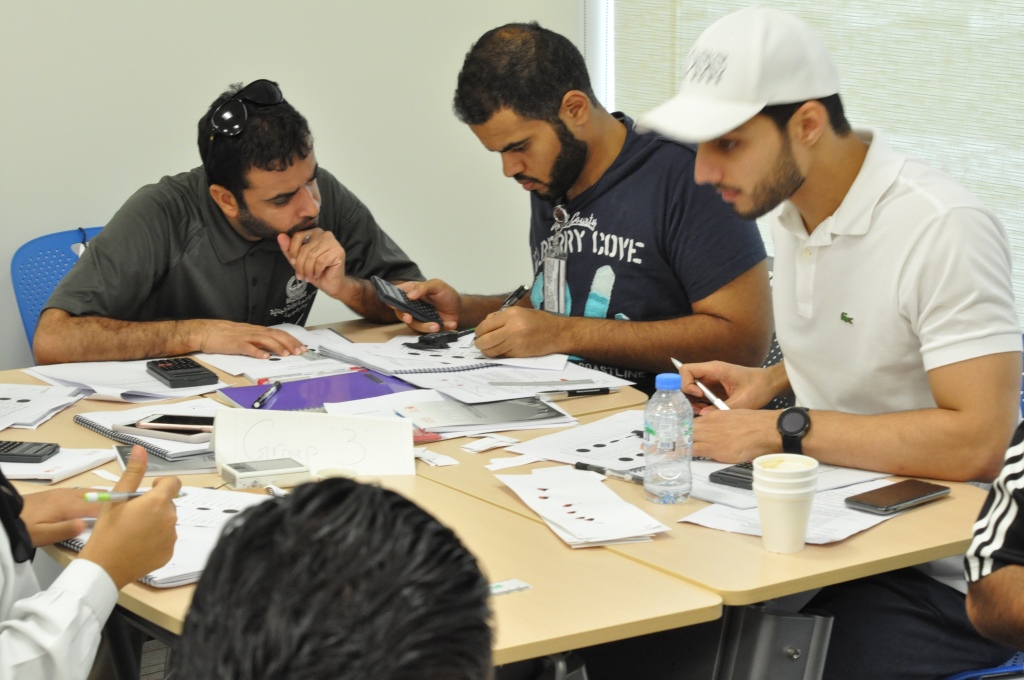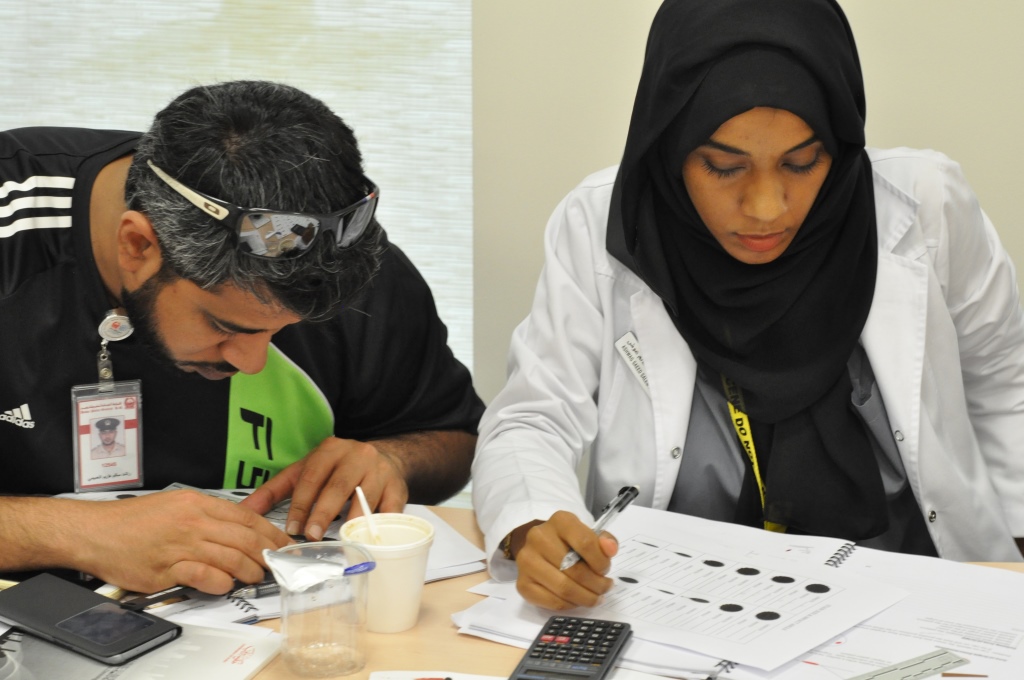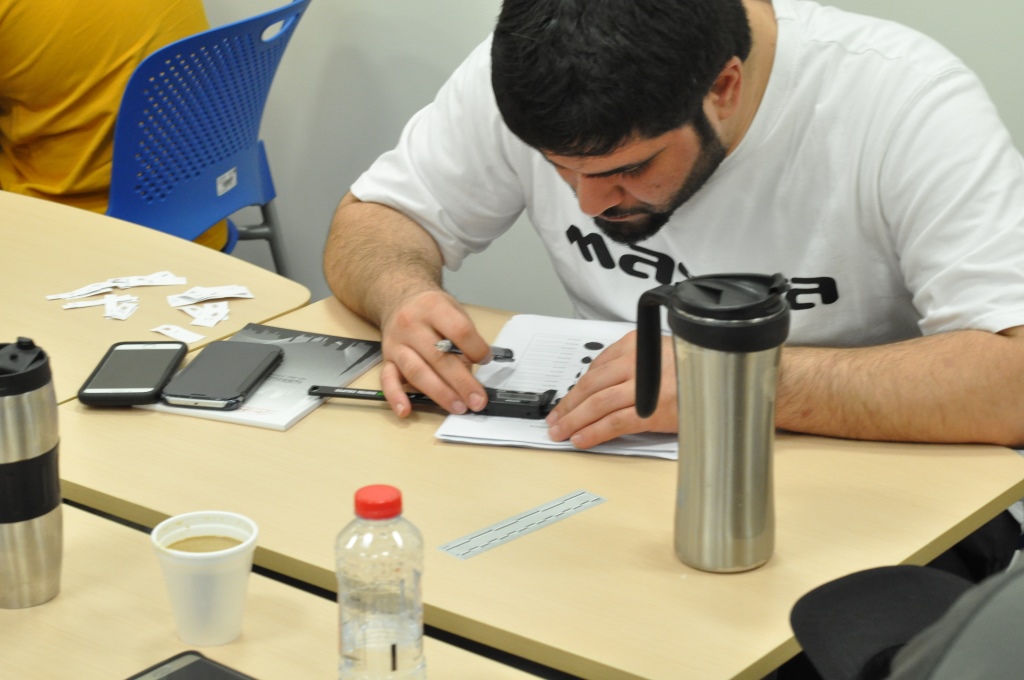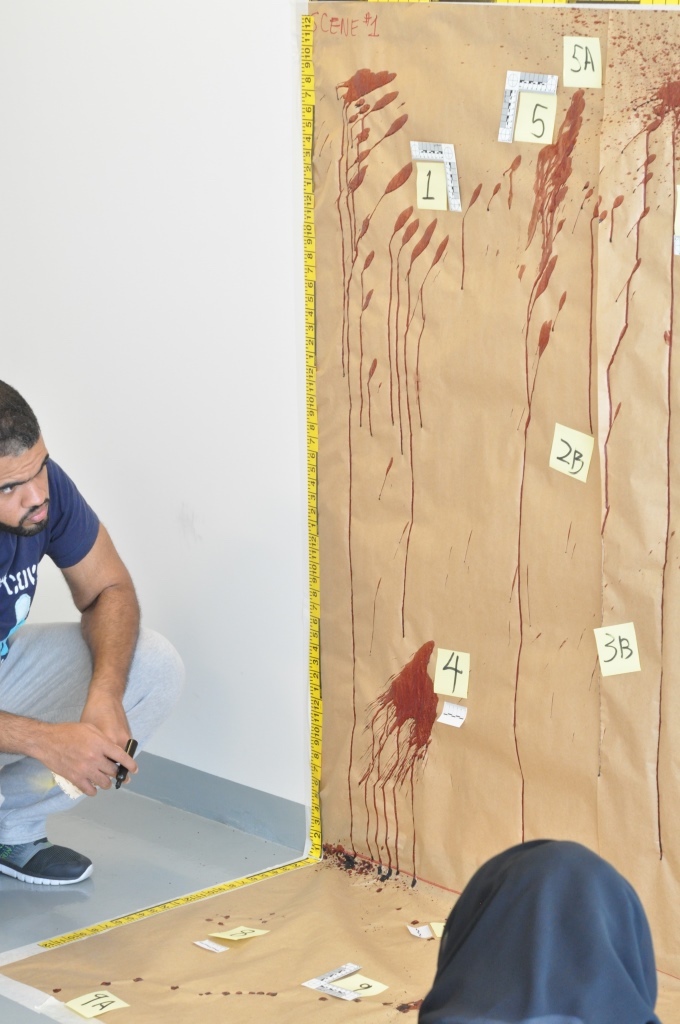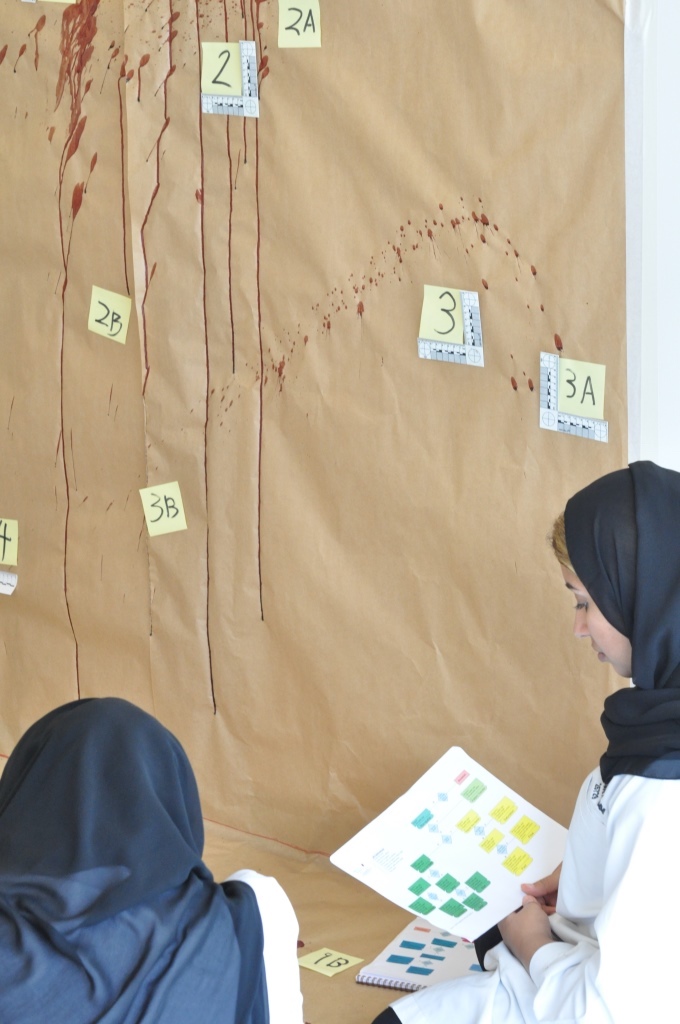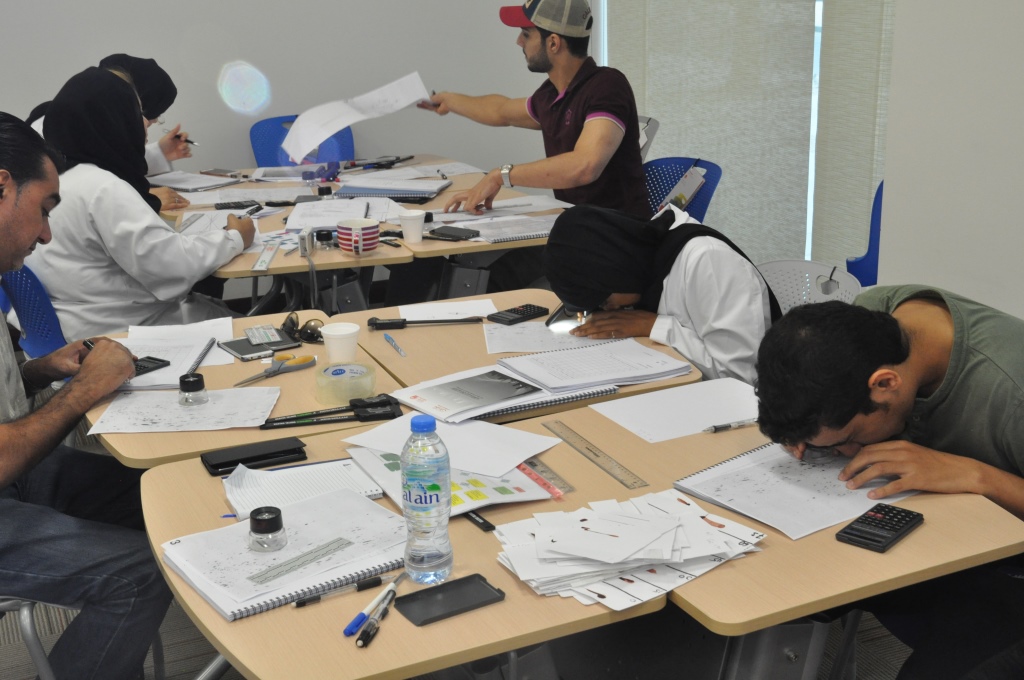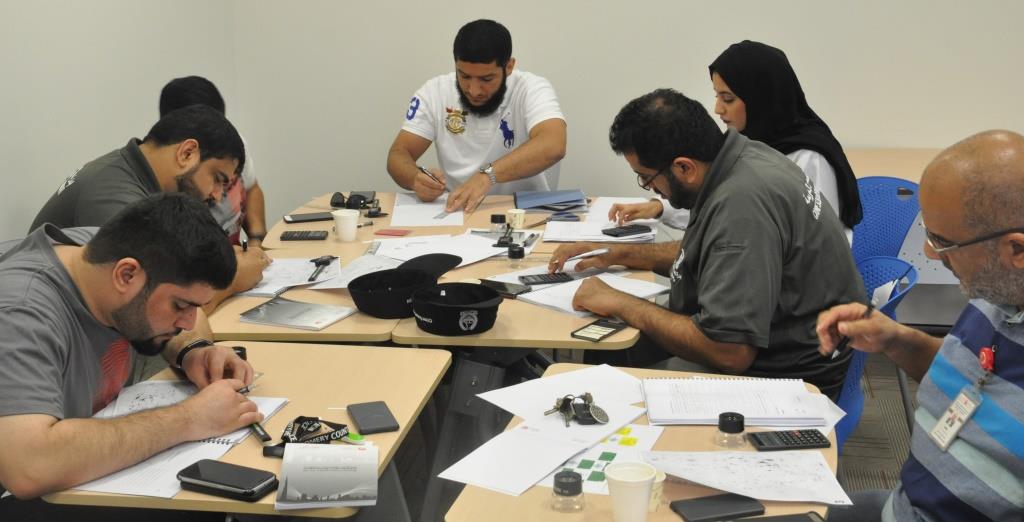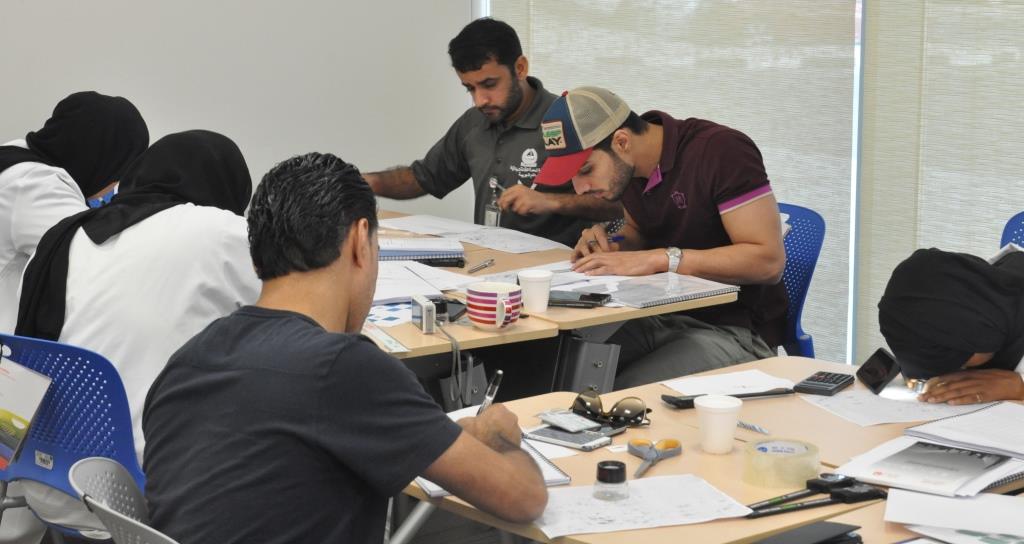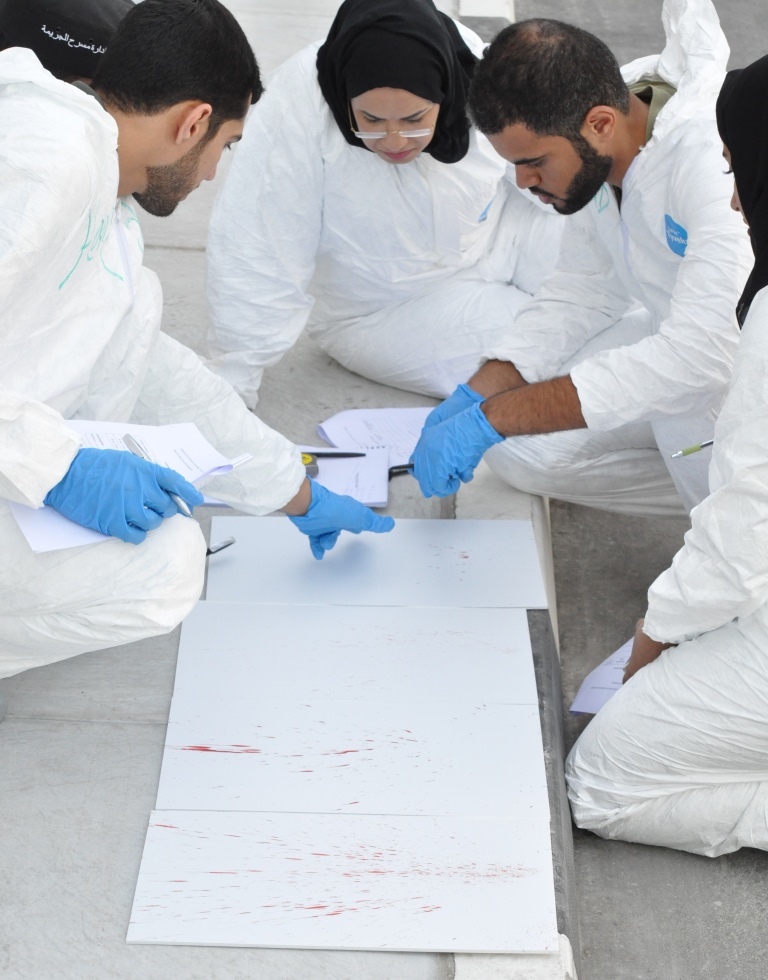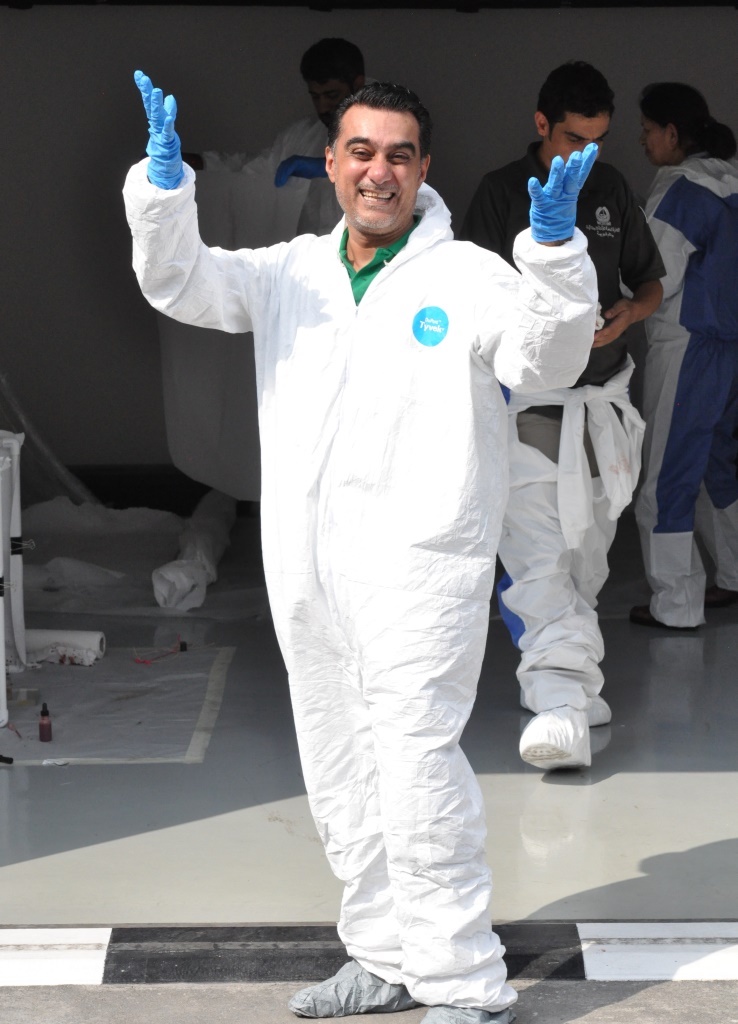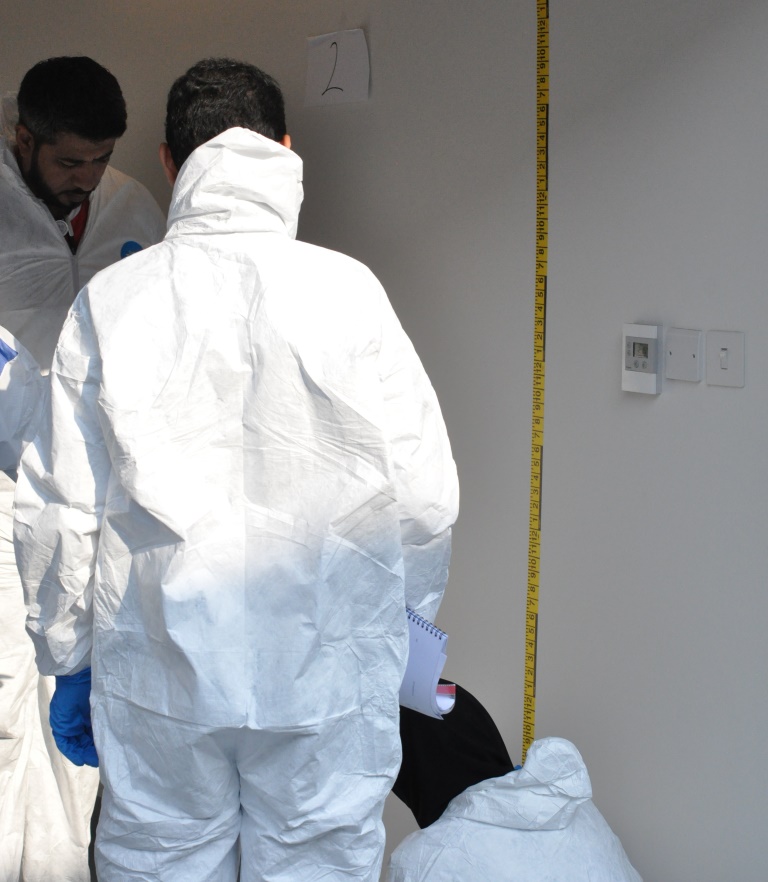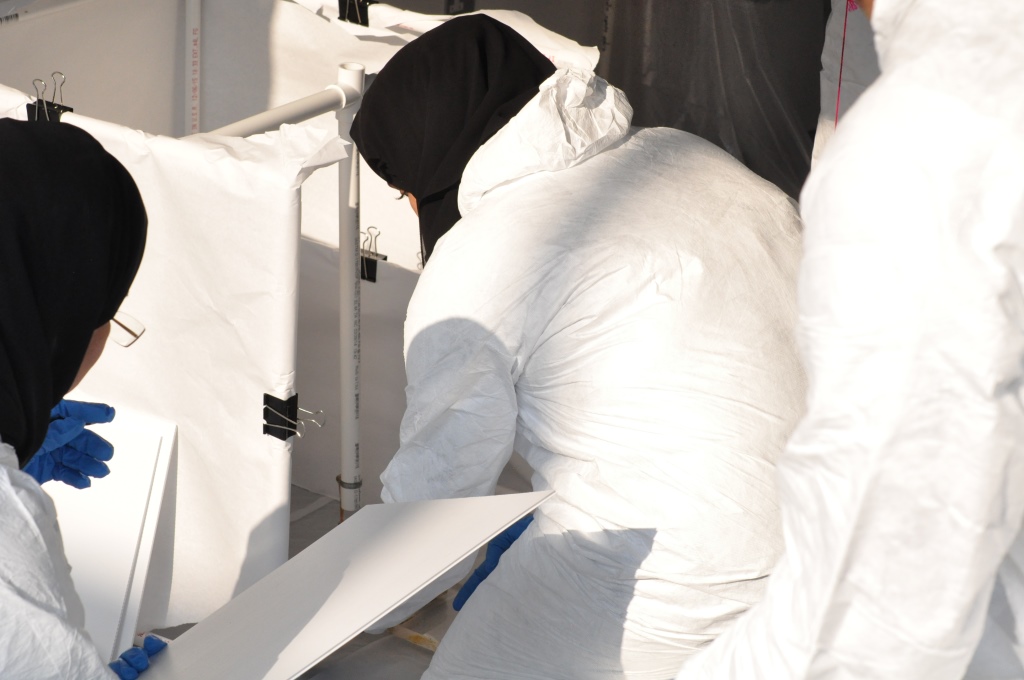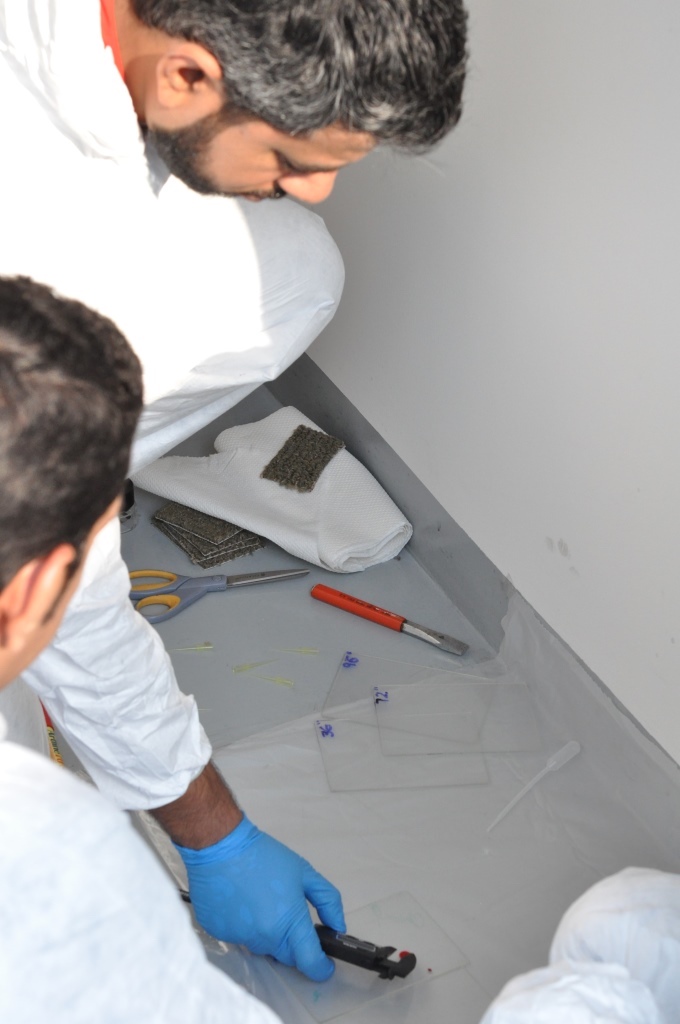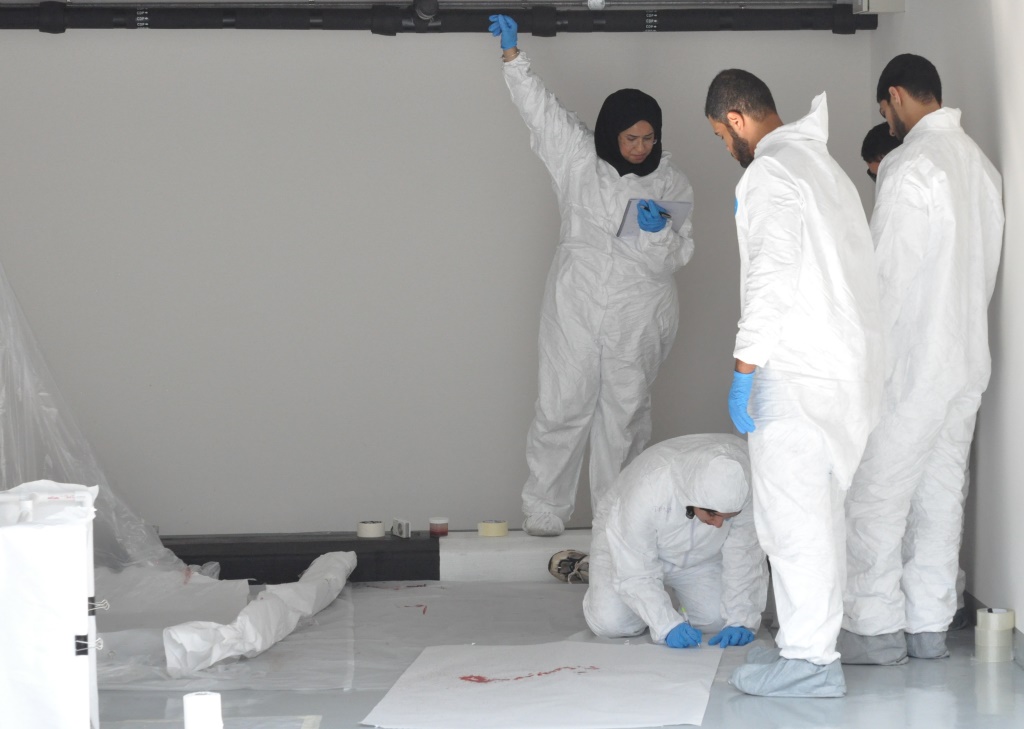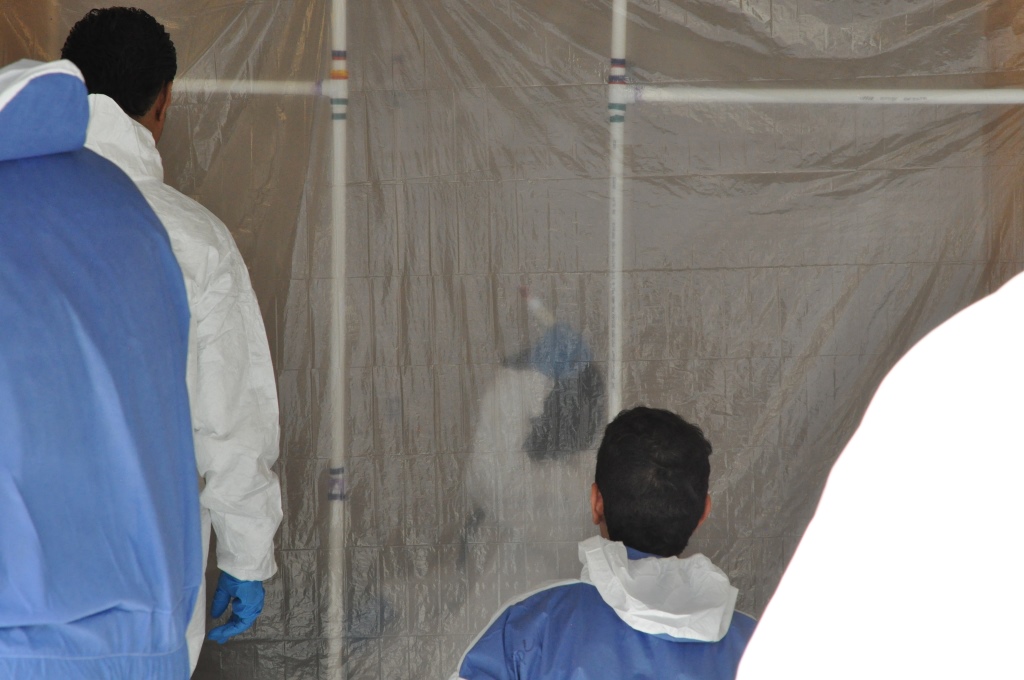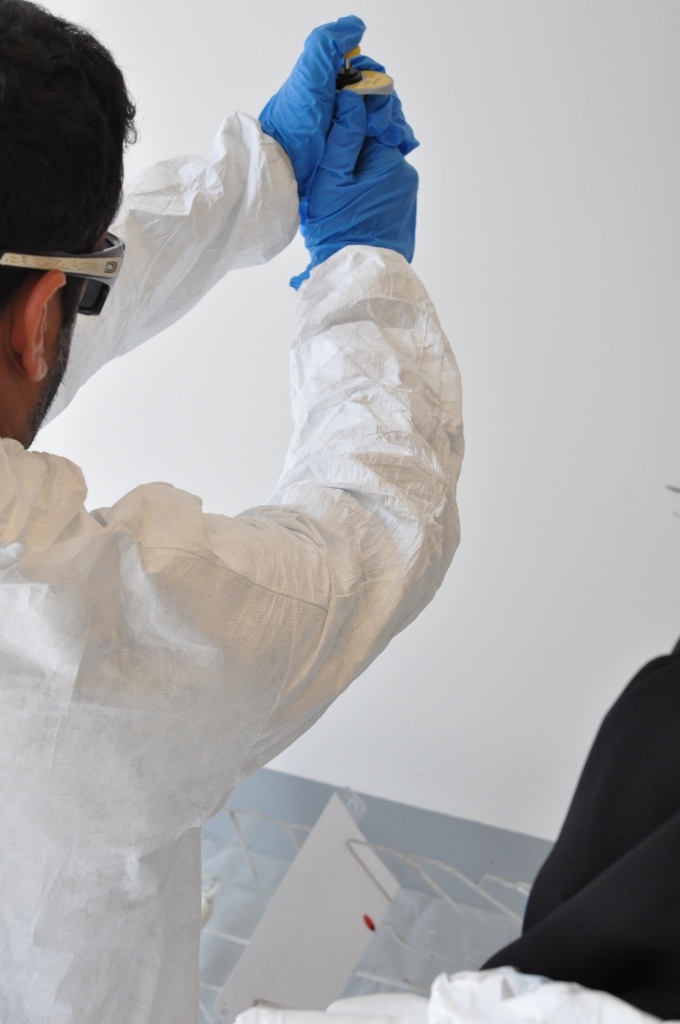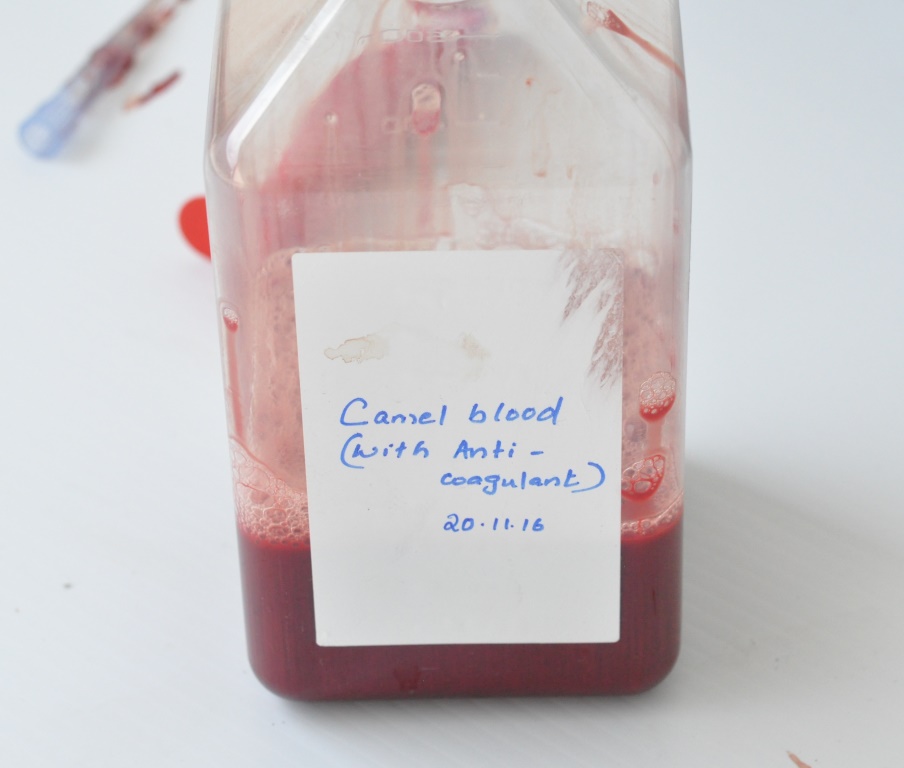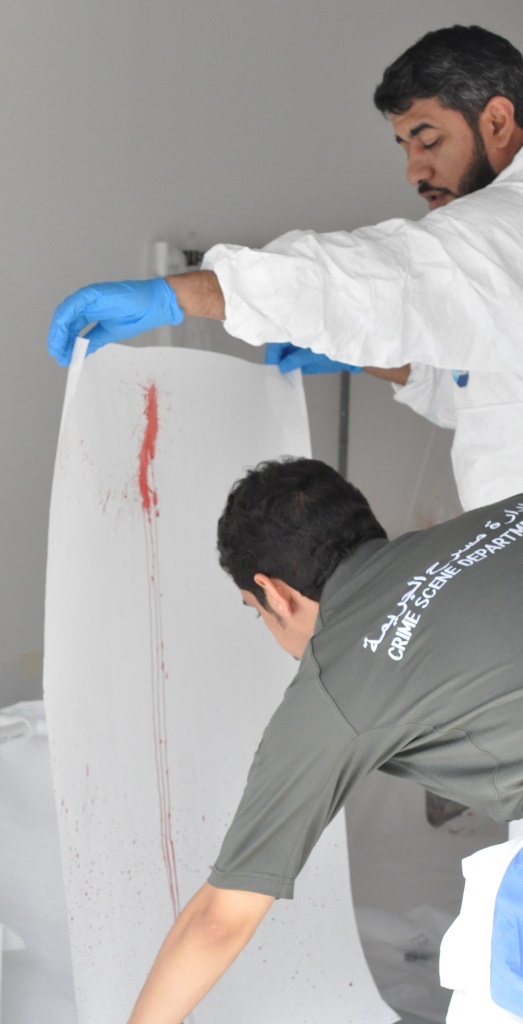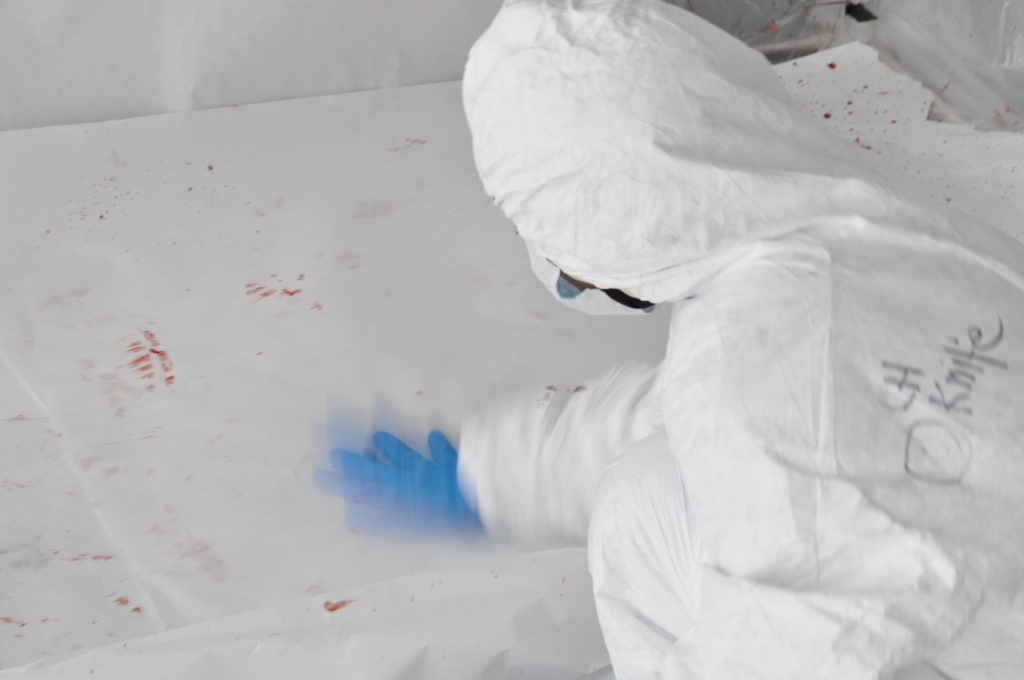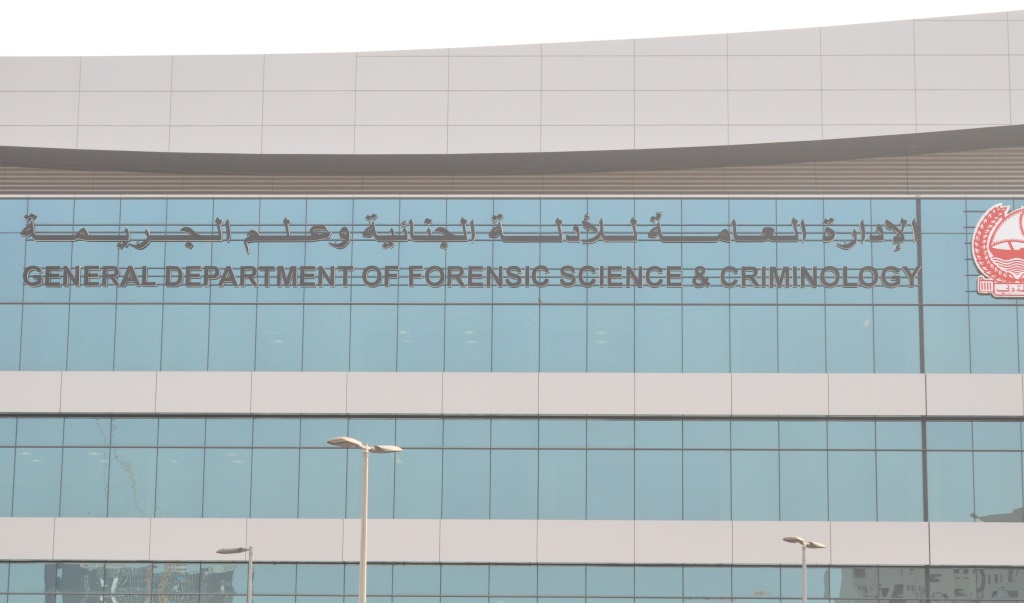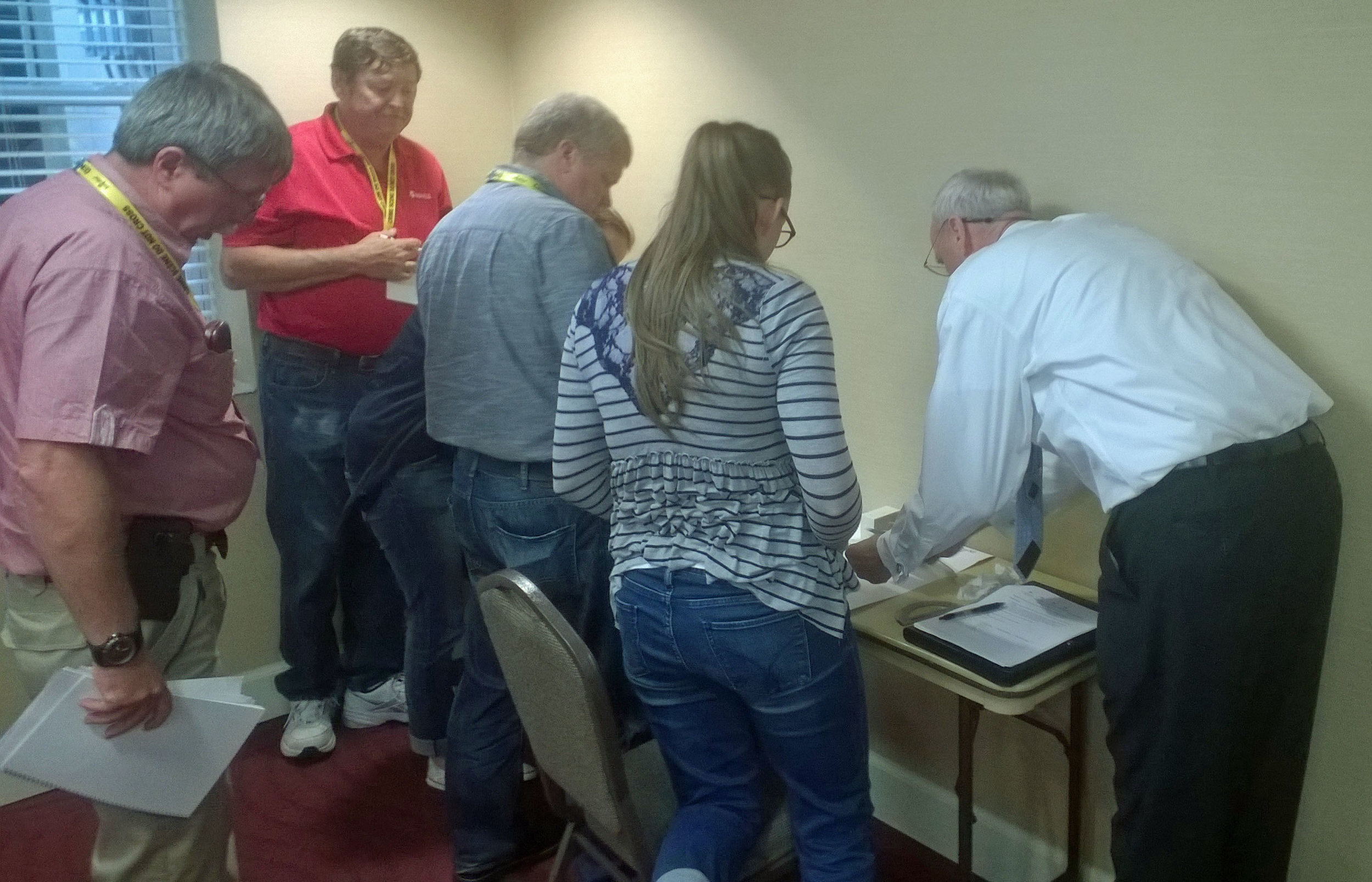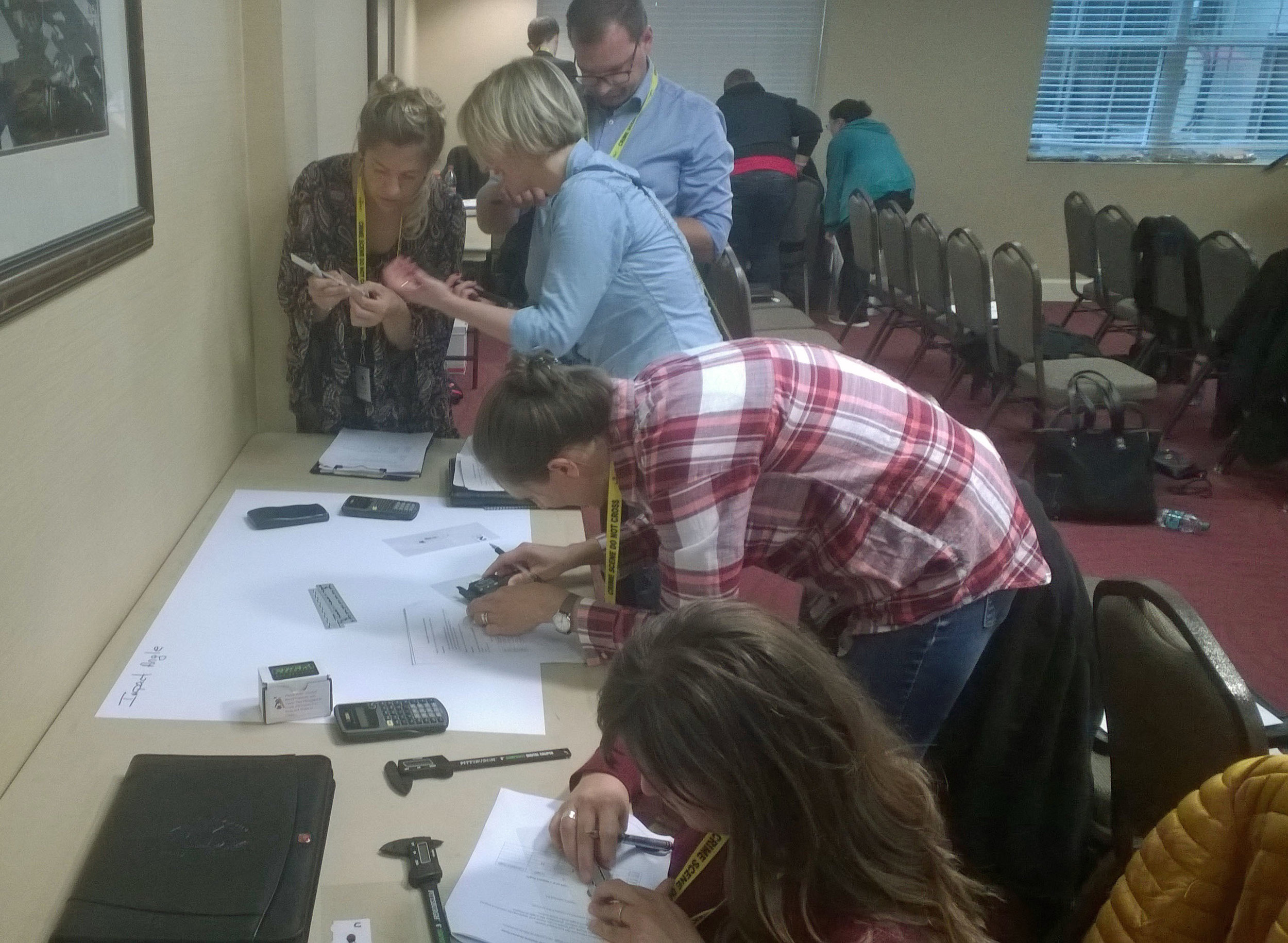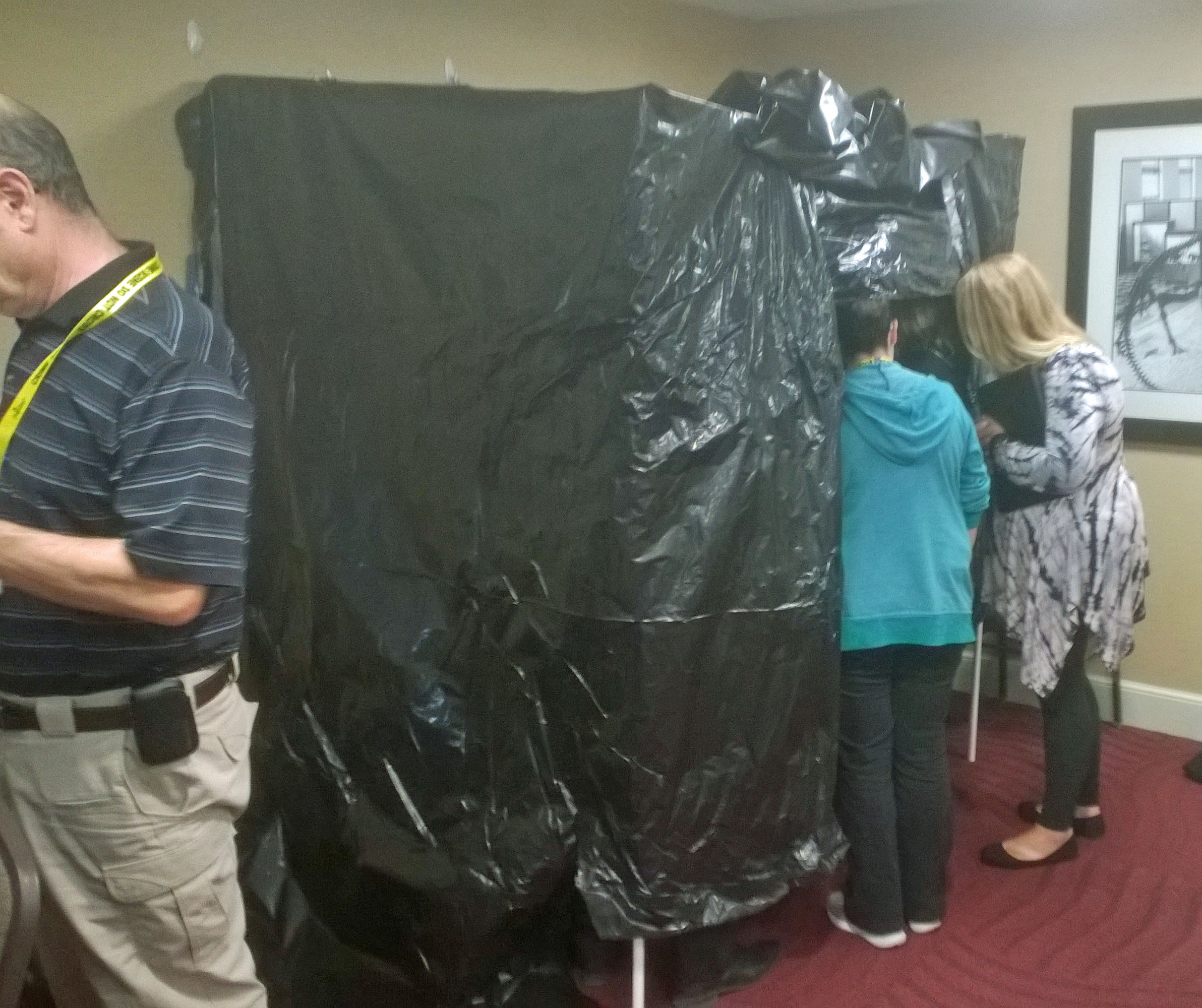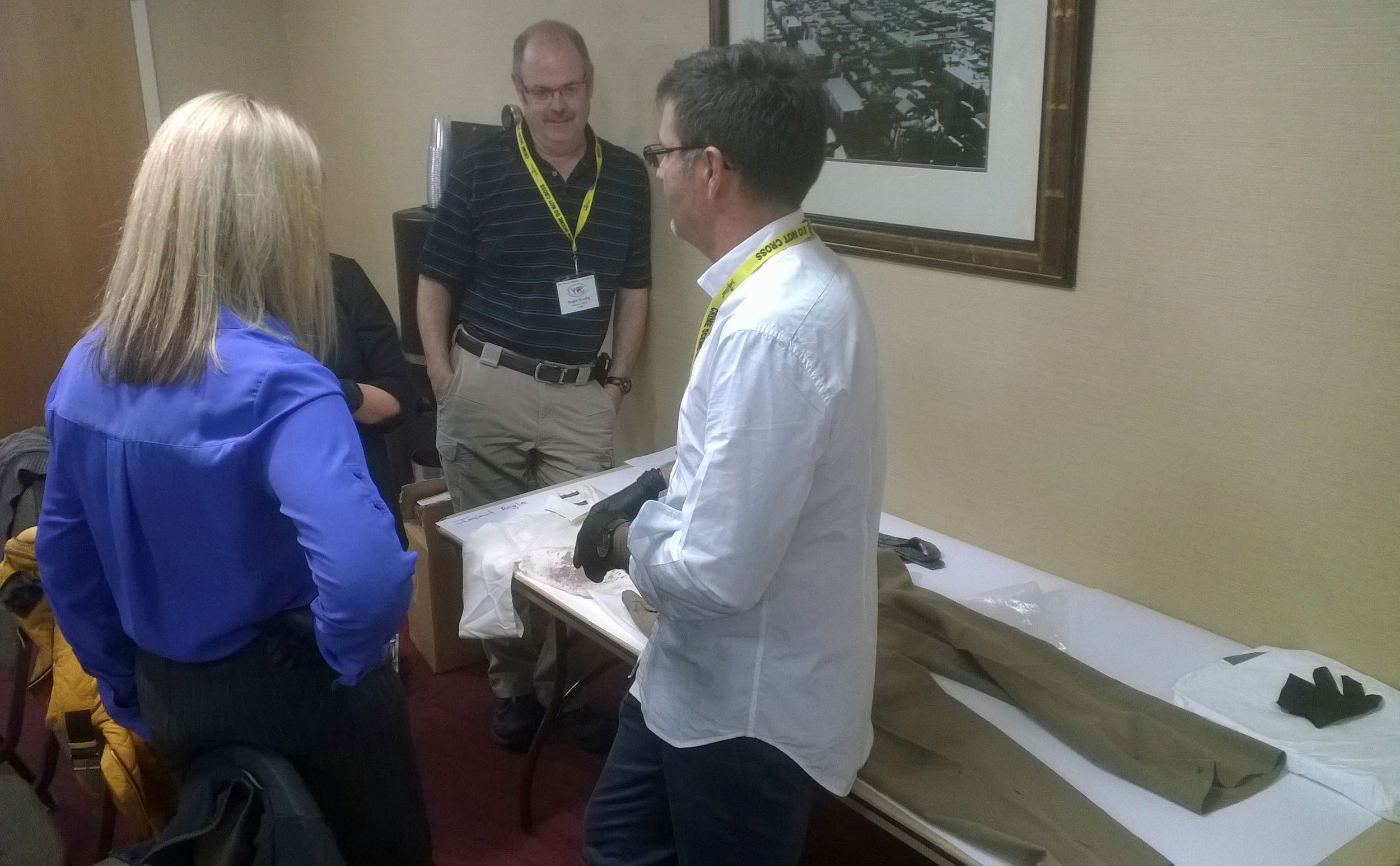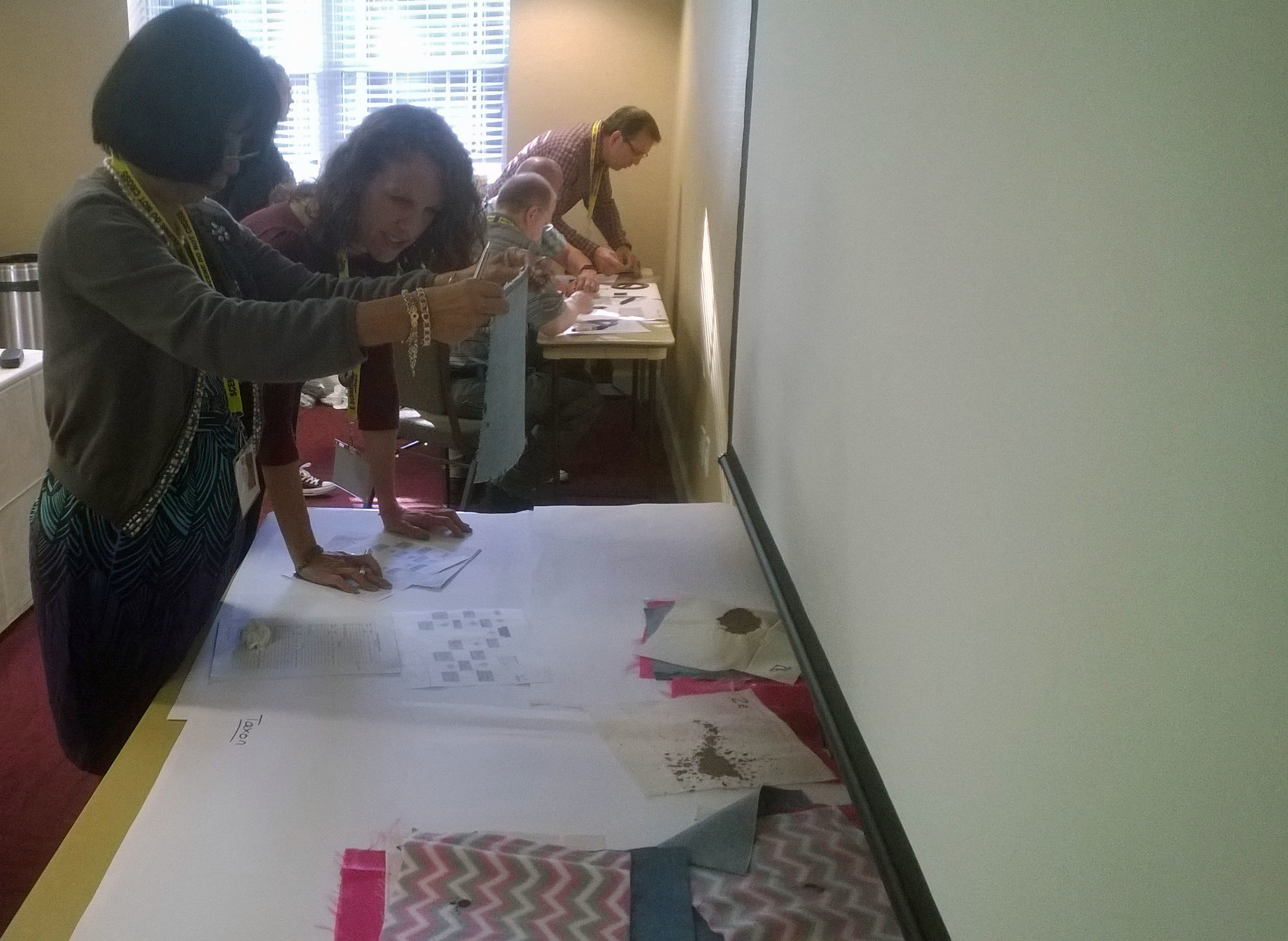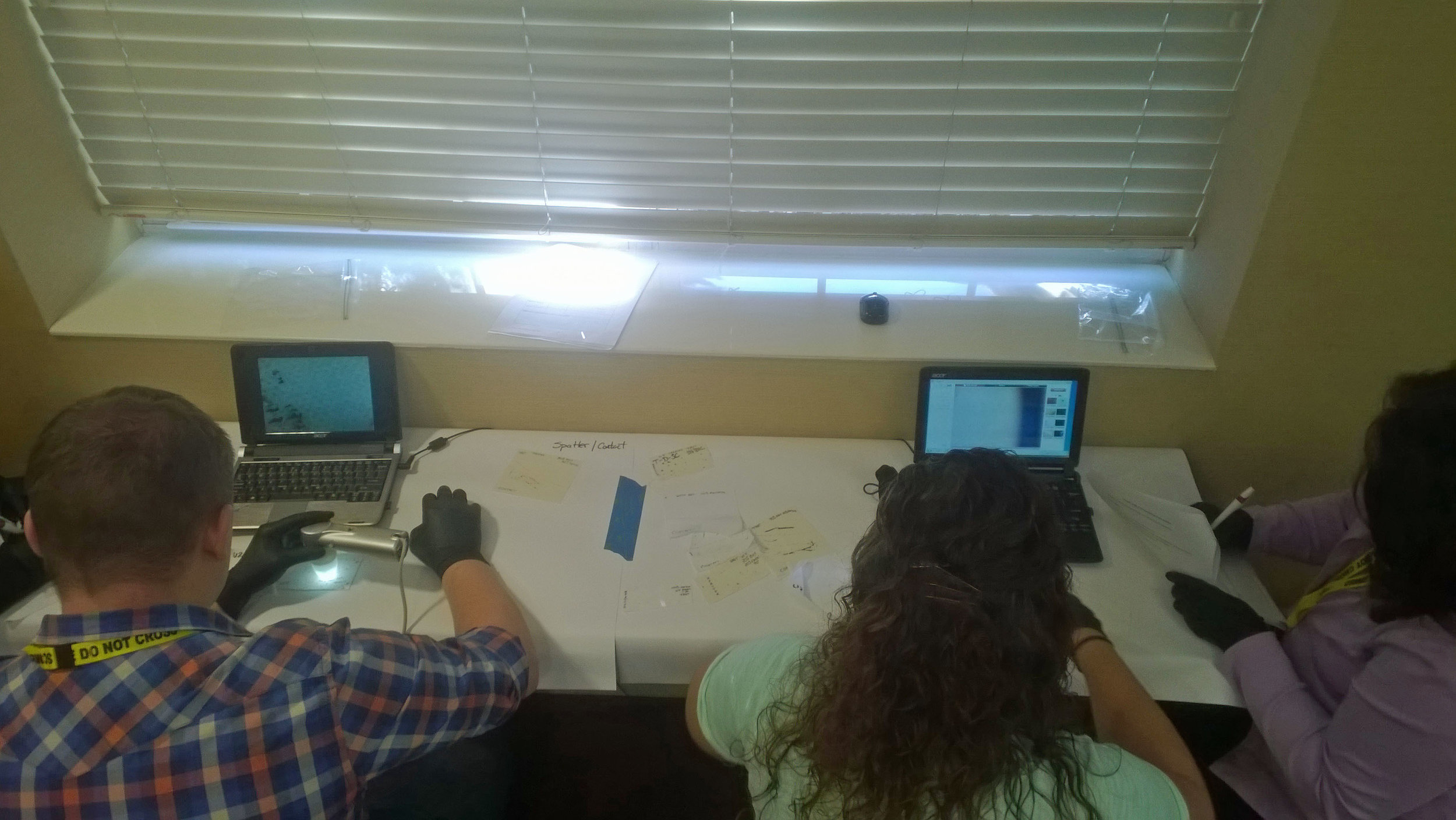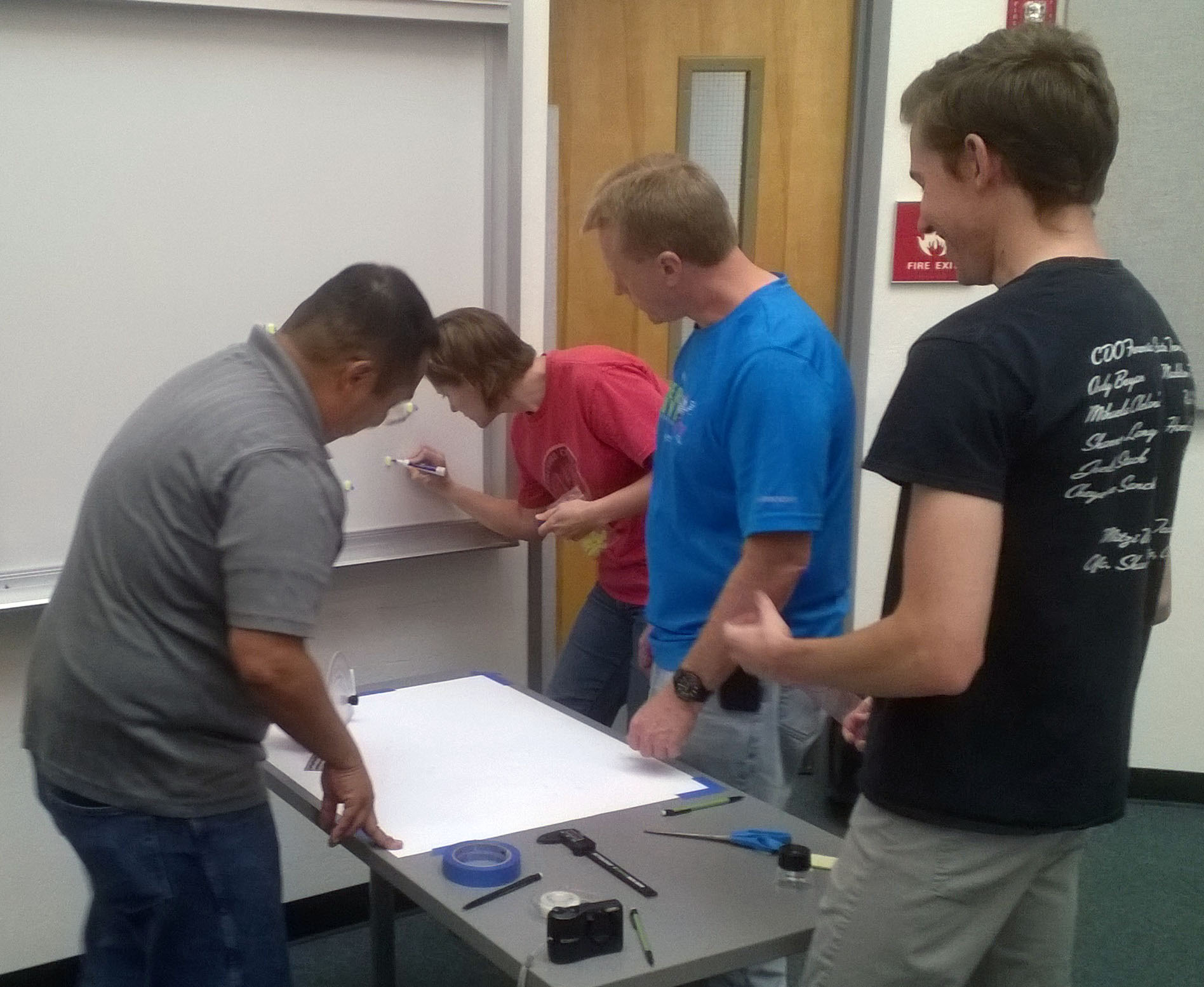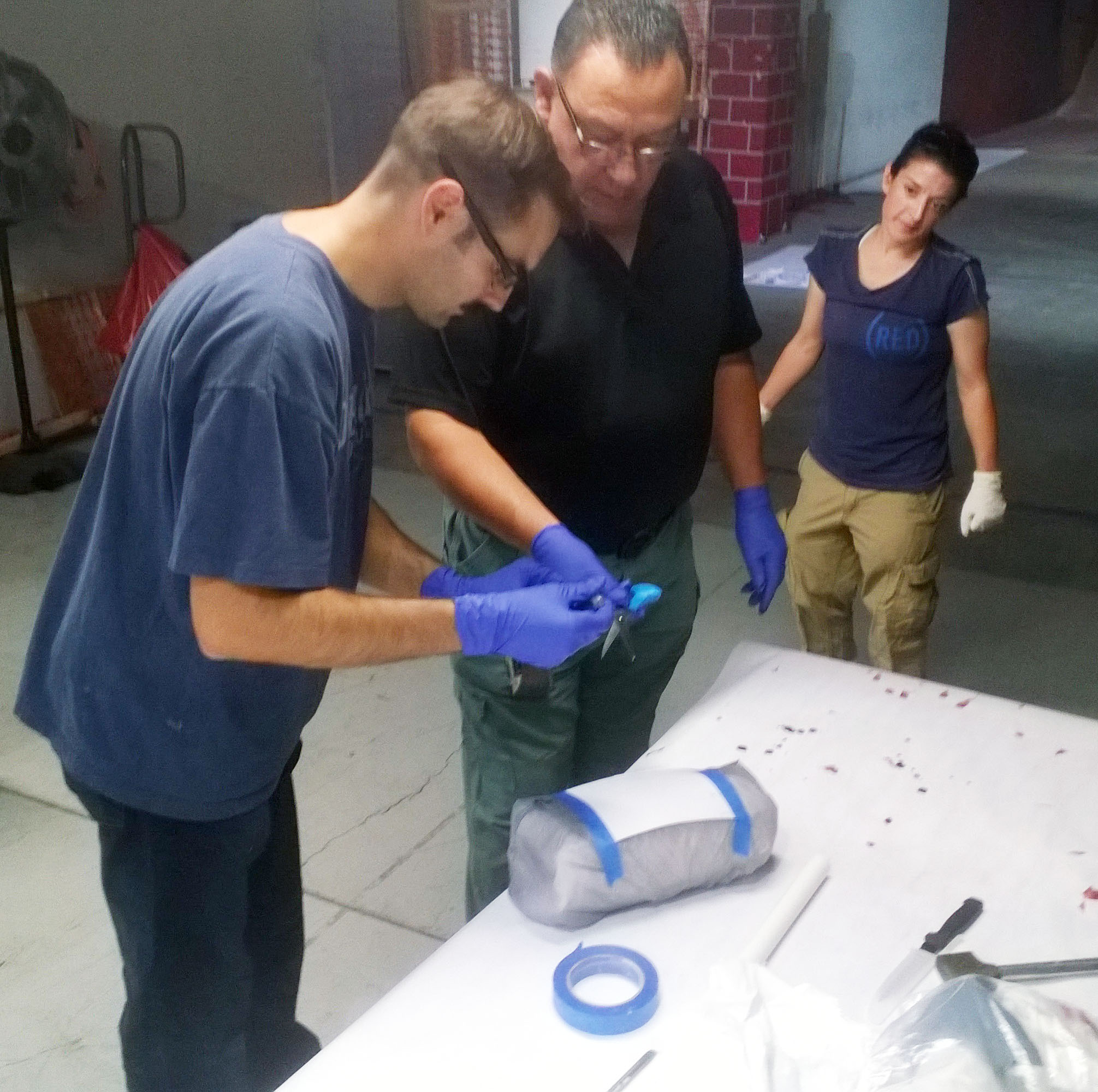BGA: Cele, as an already established and court qualified Bloodstain Pattern Analysis (BPA) expert, why would you enroll in the Bevel, Gardner & Associates (BGA) mentorship program on BPA?
Celestina: When BGA announced that they had developed a Mentorship Program, I was excited about the opportunity and the challenge. Working as a Crime Scene Investigator at a Sheriff’s Office, I have the ability to analyze the bloodstain patterns at the scene. At the time I enrolled in the mentorship program, I had not had the opportunity to analyze a bloodstained crime scene that was worked by another investigating agency outside of a classroom setting in a group activity. By the mentorship program design, I knew that this particular aspect was going to personally challenge me in a way that I had yet to be challenged. I was also excited about the prospect of conducting research and getting that research published.
BGA: Tell our readers the requirements to complete this program?
Celestina: The program first requires a commitment on behalf of the student. This is not a program that you sign up for that can be completed in a week or a month. You have to have a dedication to the discipline and your craft and have the fortitude to keep pushing through all of the challenges that come with maintaining a fulltime job and family life. Most likely, this endeavor is going to require you to commit some of your personal time and attention to complete the course tasks. Your journey starts by having a conference with your assigned mentor, who will reiterate what is expected of the student. You will then send a BPA report that you've previously written to your mentor for their review. You will have another conference with your mentor about the report and will get feedback on your report writing style and your stated conclusions.
This first exercise prepares you for the second step in the program, which is producing a bloodstain pattern analysis report on a case from another agency. You will receive a box containing reports, diagrams, and disks of photographs and videos of a bloodletting scene. Your task is to evaluate all of the material and provide an analysis. You will then send back all the materials, along with your report, to your mentor so that it can be reviewed. There will be another conference to discuss your analysis and to defend any of your conclusions that may be questioned.
Part three of the program requires you to switch gears into another realm of BPA which deals with research. You and your mentor will look at past research and possibilities for topics that need further research. You will then work with your mentor on finding an agreed upon topic and will be given recommendations on how to proceed. In my opinion, this part of the process requires the most dedication and commitment. It was especially difficult for me because I had not conducted independent research before. Getting started was my biggest obstacle. I learned that compiling your research into a paper is also a challenge if this is something that you are not familiar with doing. Depending on what peer review journal you decide is best suited for your material, learning the format for publication can be stressful. To complete the third phase of the program, you will present your research at a forensic conference and have your research published.
The fourth phase, for me, was a confidence builder in that you provide your mentor with a current BPA report, complete with all scene photographs and documentation, for peer review. After your work has been peer reviewed, you will then enter into the final phase of the program. Phase five is a comprehensive proficiency test. Upon successful completion of the test, you will graduate from the program.
BGA: As an expert in the field already, how did this program enhance your knowledge or skills in BPA?
Celestina: This program not only enhanced my skills and abilities, it provided an opportunity to network and interact with members of the bloodstain community. It opened the door for further research that I never dreamed I would have the ability to achieve. The program has afforded me the opportunity to be an invited guest speaker at forensic conferences in other states. I have also presented at several universities, to students wanting to pursue a career in forensic science. Completion of the program gave me confidence in myself in knowing I had the endurance to successfully complete each phase, one by one, without giving up. Managing my own case load, call-outs, and family life, while staying committed to the mentorship program, was very challenging. There are so many things that I could professionally attribute to the completion of this program. All in all, it was a journey and the story is still being written.
To learn more about the BPA Mentorship program, click here.








